Last Updated on March 1, 2024 by Amanda P. Brown
It is vital to incorporate fruits into your diet in order to maintain a healthy lifestyle. There are numerous fruits that begin with the letter “G,” ranging from well-known favourites like gooseberry, guava, and green papaya to more exotic options like gubinge and Gac Fruit. Each fruit provides a unique combination of flavours and nutritional advantages.
Let’s check out more fruits that begin with the letter g and learn about what makes them special and good for you.
39 Exotic Fruits That Start With G
Table of Contents
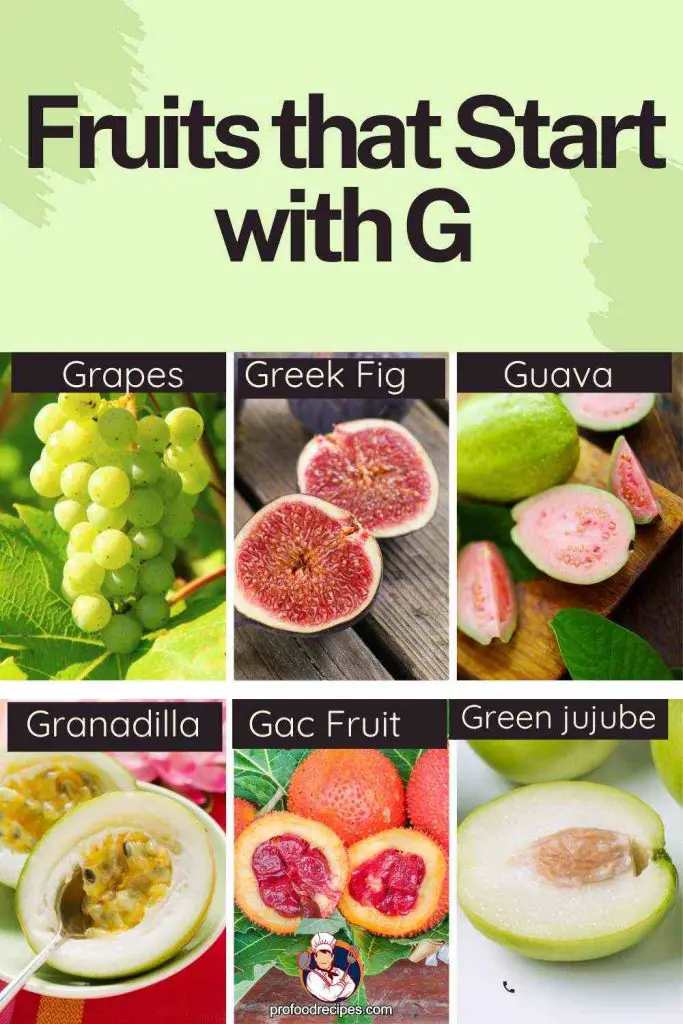
- Grapes
- Gooseberry
- Genip
- Guava
- Goji Berries
- Ground Cherry
- Greek Fig
- Golden Apple
- Gac Fruit
- Goumi
- Guarana
- Greengage
- Guanabana
- Grumichama
- Guavaberry
- Gamboge Fruit
- Grand Nain Bananas
- Green Anjou Pears
- Gala Apples
- Governo’s Plum
- Galia Melons
- Grapples
- Grosella Negra
- Golden Kiwi
- Granny Smith Apple
- Granadilla
- Giant Lau Lau
- Gabiroba
- Gourd
- Gubinge
- Green Mango
- Green Papaya
- Green Sapote
- Garden Huckleberry
- Grosella Roja
- Genipap
- Green Lychee
- Green Jujube
- Green Cherimoya
1. Grapes
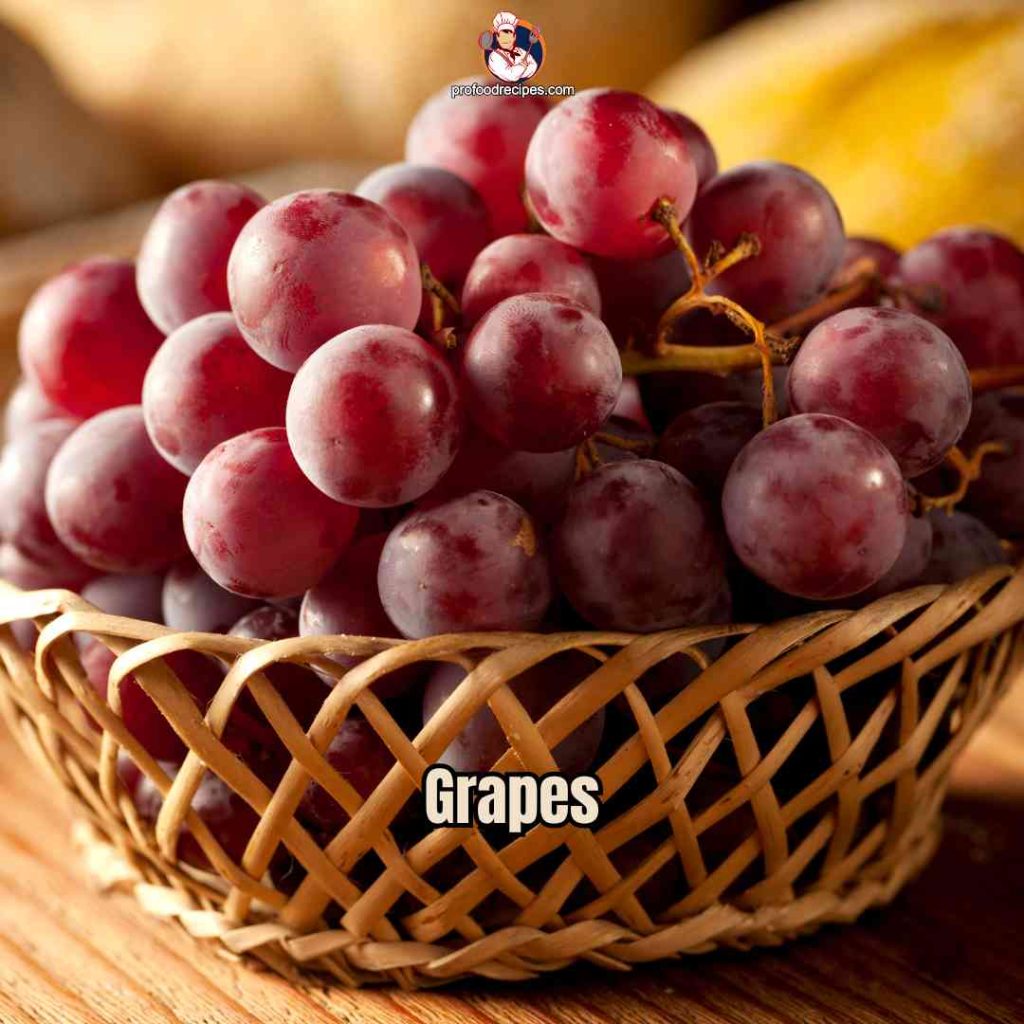
Small, spherical, or oval-shaped berries, grapes can be any shade of red, green, or purple, and each variety has its own distinct flavor. Grapes have edible, thin skin and seedy flesh (though there are many seedless types).
Grapes have a reputation for being a healthy fruit because of the abundance of vitamins, minerals, and antioxidants they contain. They can be eaten raw, dried into raisins, or squeezed into juice.
2. Gooseberry
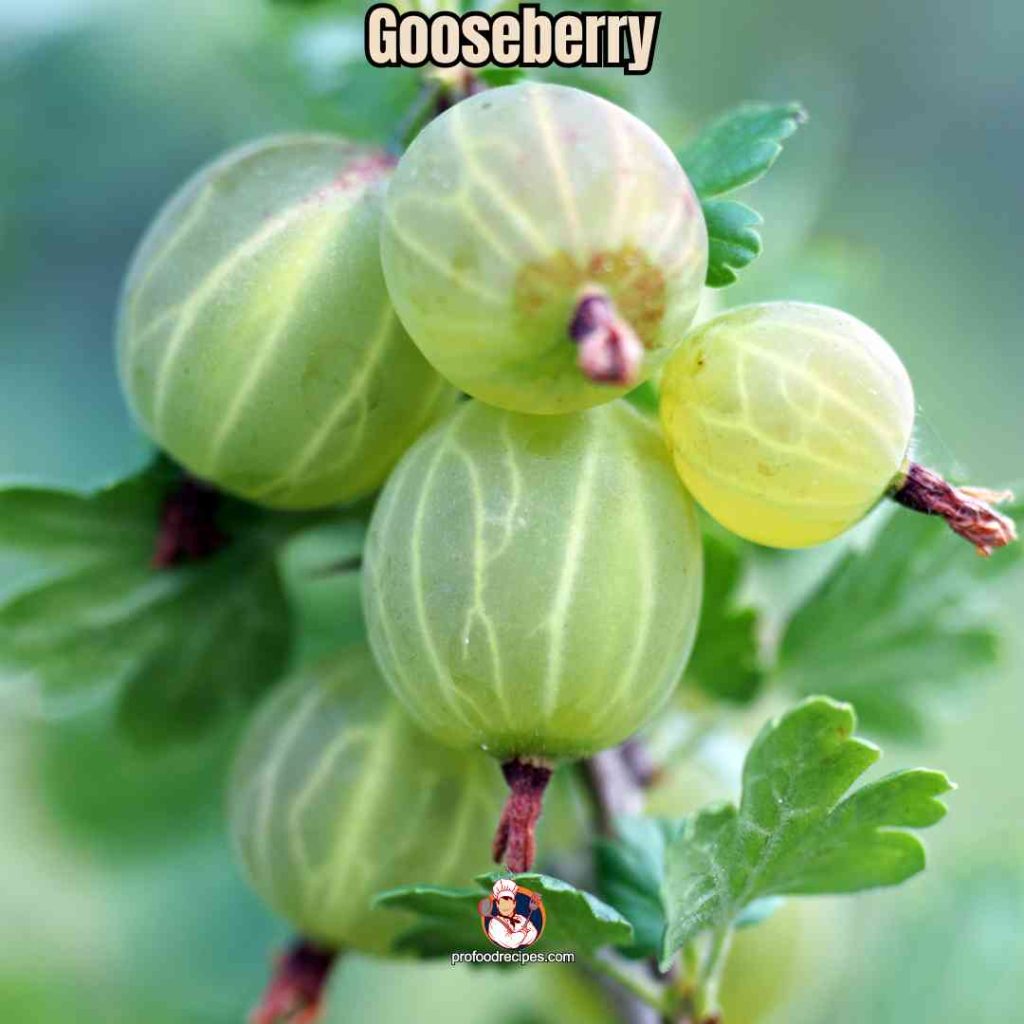
Gooseberries are little berries that are normally around the size of a marble and have a round or oval shape. Green, red, and yellow are only a few of the colors available. Gooseberries are often used in culinary creations such as jams, jellies, sweets, sauces, and more due to their distinctively sour and somewhat sweet taste.
Depending on the cultivar, gooseberries can have smooth or slightly hairy skin. Among other minerals, gooseberries are rich in vitamin C and antioxidants.
3. Genip
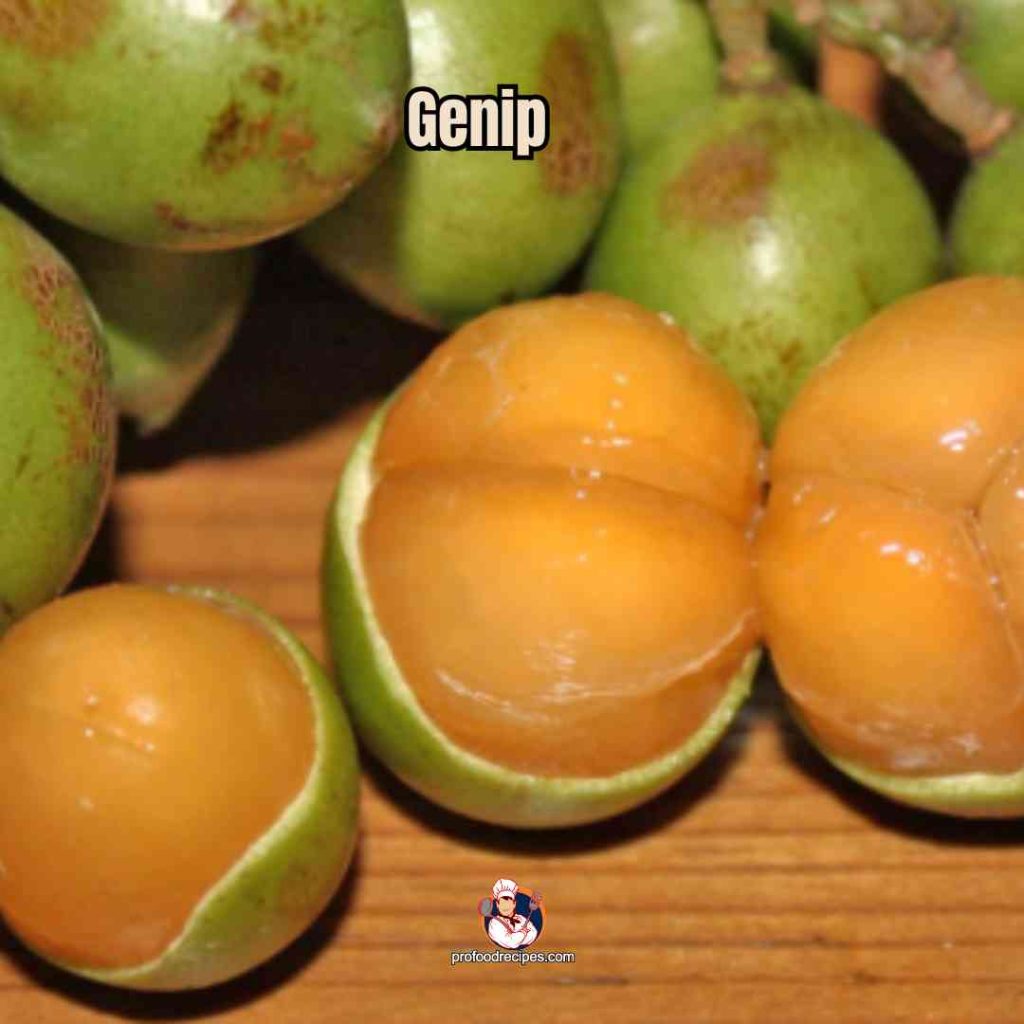
The genip is a tropical fruit with several names, including Spanish lime and mamoncillo. The fruit has a thin, smooth skin that can be any shade of green or yellow and is little and spherical, around the size of a big grape.
The genip’s exterior is tough, but it easily splits open when ripe to expose the pulp, which is transparent, juicy, and somewhat sweet. There is one big seed in every genip fruit, and most people don’t eat it. A delightful surprise, the flavor is a one-of-a-kind blend of sugar and subtle acidity.
4. Guava
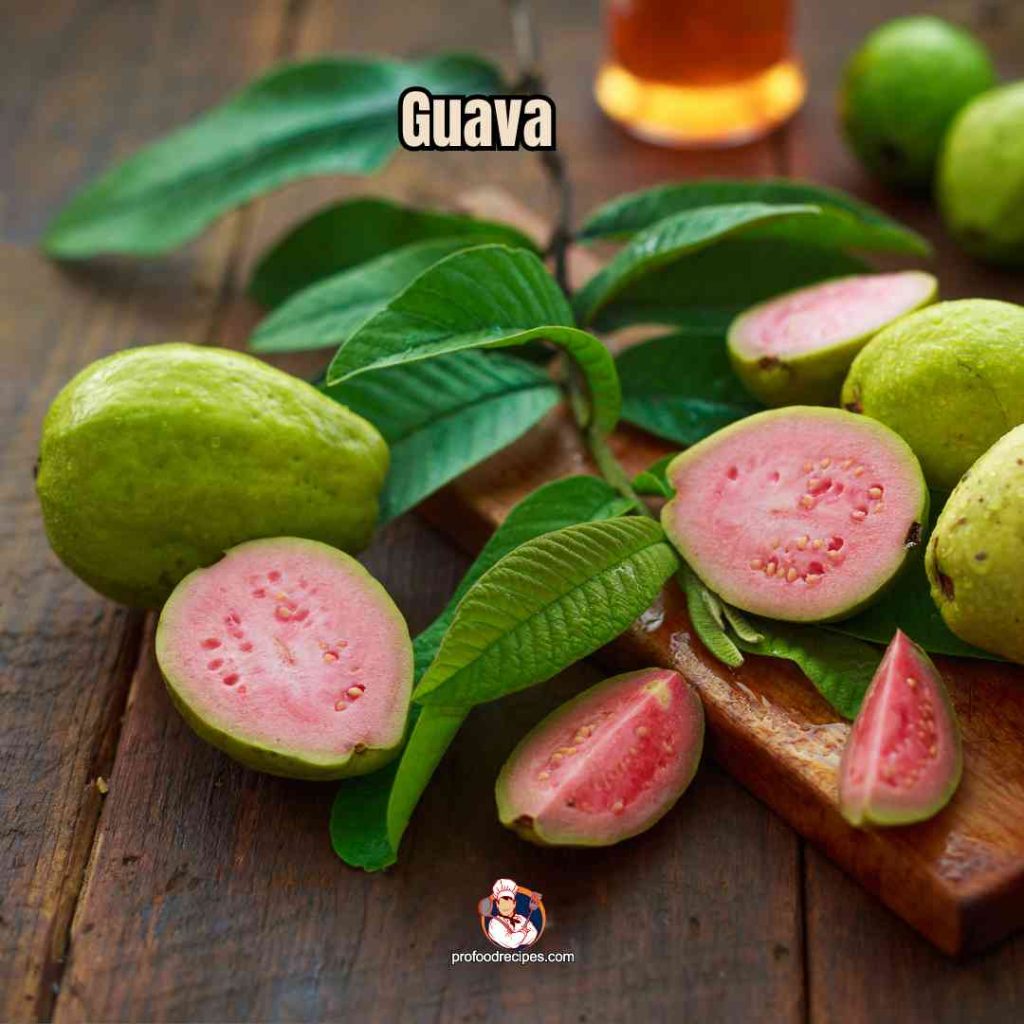
The tropical fruit guava is well-known for its aromatic scent, flavor, and nutritious content. Although guavas come in a wide range of sizes and shapes, the most common ones are round or oval and have rough skin that turns green, yellow, or maroon when ripe. The color of the flesh within can range from white to pink to crimson, depending on the kind. Its flavor can range from sweet to somewhat sour.
The flesh is usually tender and has little seeds in the middle that can be eaten. The reputation of guavas as a nutritious fruit is fueled by their abundance of vitamin C, dietary fiber, and other antioxidants.
5. Goji Berries

The goji berries, or wolfberries, are little berries that are reddish-orange. With a texture comparable to raisins and a flavor that is a touch sweet and acidic, these berries are usually dried before eating.
Goji berries are not only rich in antioxidants but also in fiber, iron, vitamins C and A. Their purported therapeutic qualities have led to their extensive use in traditional Chinese medicine.
6. Ground Cherry

Ground cherry, also known as Physalis, is typically small, round, and yellow-orange when ripe. As the fruit ripens, its papery lantern-like husk becomes brown and dries; when it’s ready, you can pop it apart to expose the tiny, marble-sized berry inside. The sweet and slightly tangy flavor of ground cherries makes them a wonderful and unusual ingredient to use in a wide range of recipes.
7. Greek Fig

Small in stature (though this can vary from variety to variety), Greek figs are characterized by a bulbous, spherical base that narrows to a pointed tip at the end of the stem. The taut, smooth skin can be any shade of blue-purple, red-yellow, green with subtle stripes, or even nearly black.
8. Golden Apple
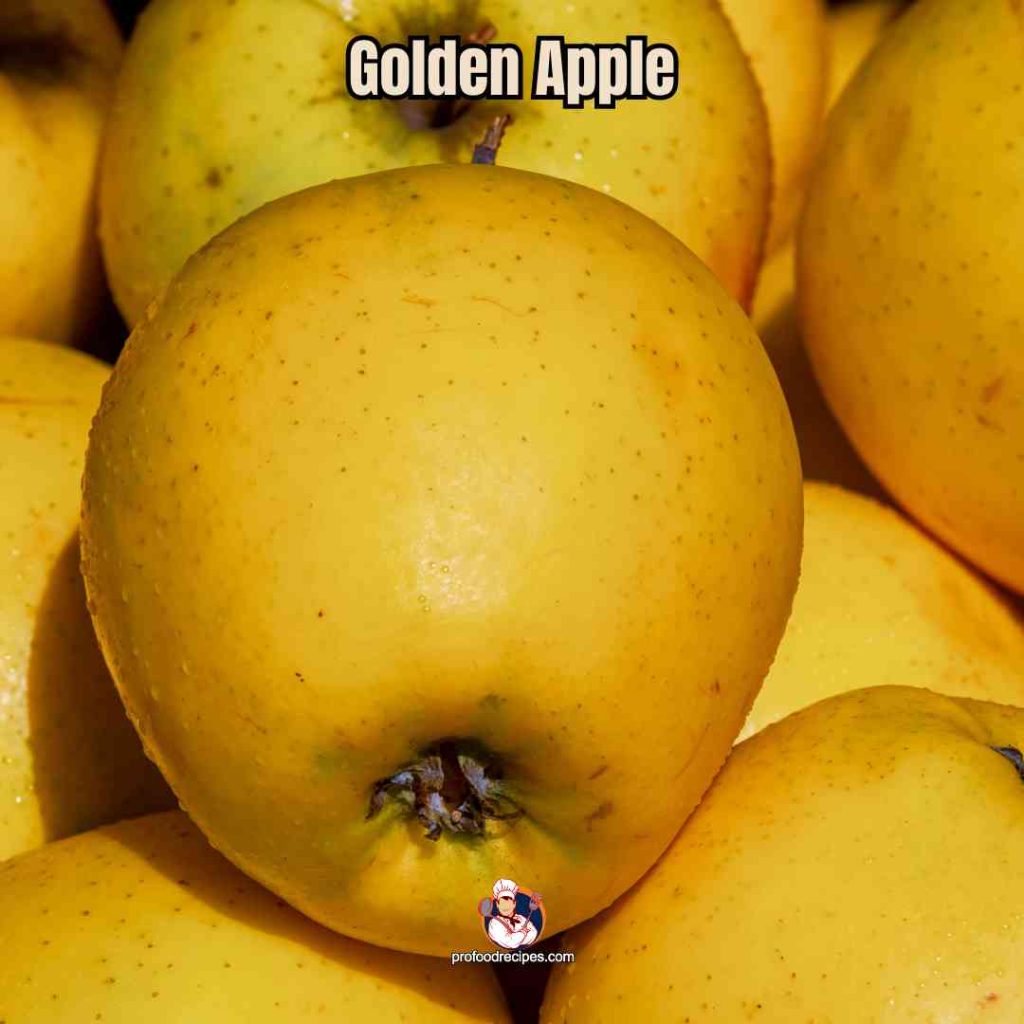
Golden apples are juicy and bursting with sugary taste. They originate in Kashmir. Their golden-yellow hue shows their wonderful flavor. These apples are great since they boost energy, regulate blood sugar, cleanse, and aid the immune system’s antimicrobial defenses.
9. Gac Fruit
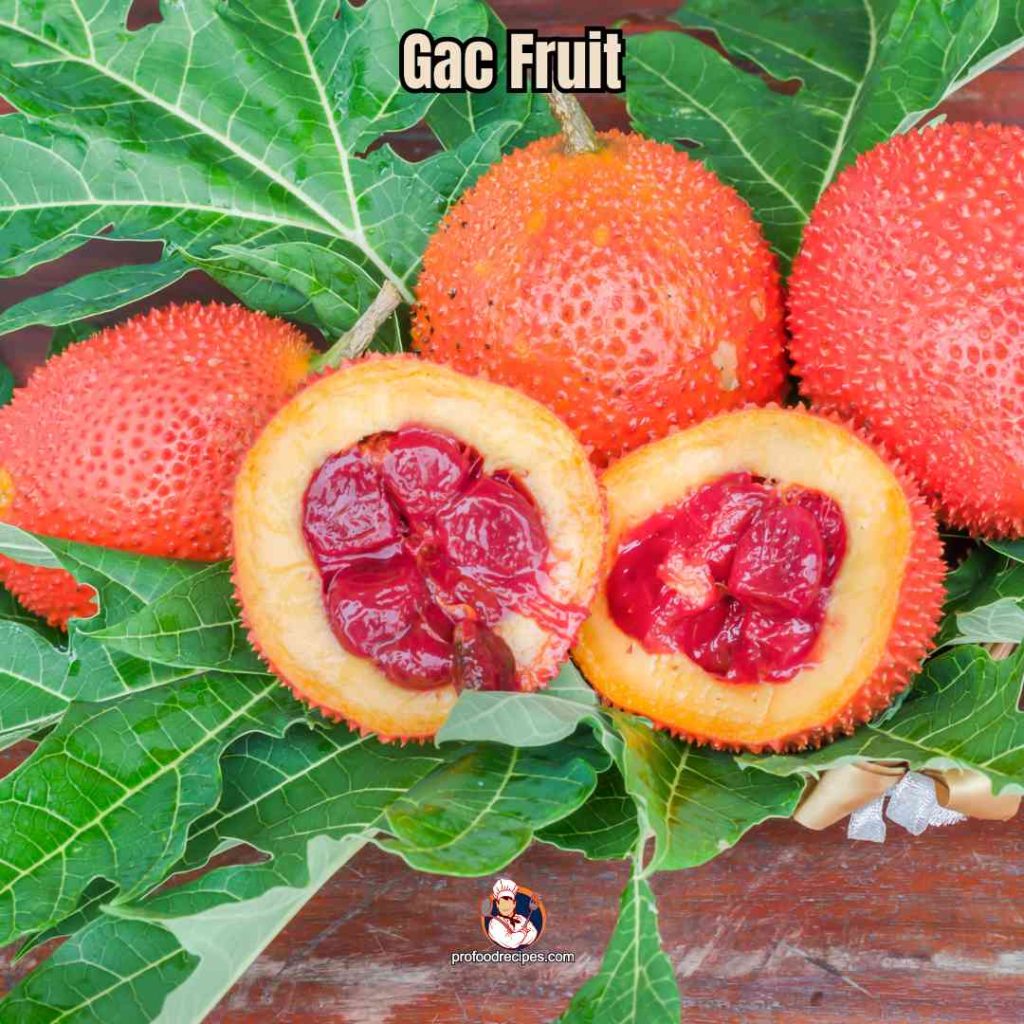
The gac fruit has a delicately spined exterior and ranges in size from small to medium. There are big seeds inside the flesh, which is a vibrant orange-red color. Although most people avoid eating the rind, you can eat the flesh within, which has a subtle earthiness and a sweet, mild flavor.
It has a lot of antioxidants, like zeaxanthin, beta-carotene, and lycopene.
10. Goumi
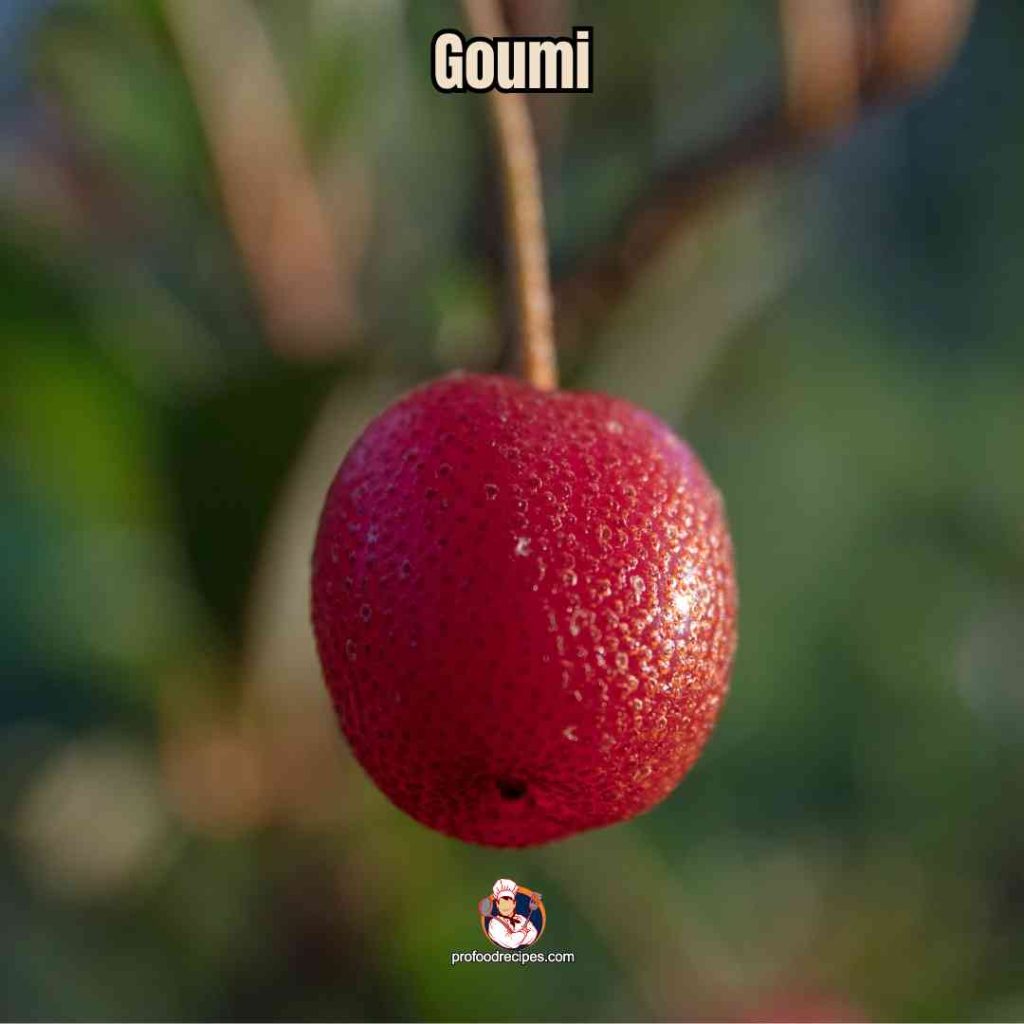
The game is a tiny fruit with a unique reddish-orange color and a size similar to a cherry. A distinctive feature is the presence of silvery scales covering the skin. Goumi berries have luscious flesh that encases a seed in the middle. A hint of sweetness complements the acidity in the flavor.
11. Guarana
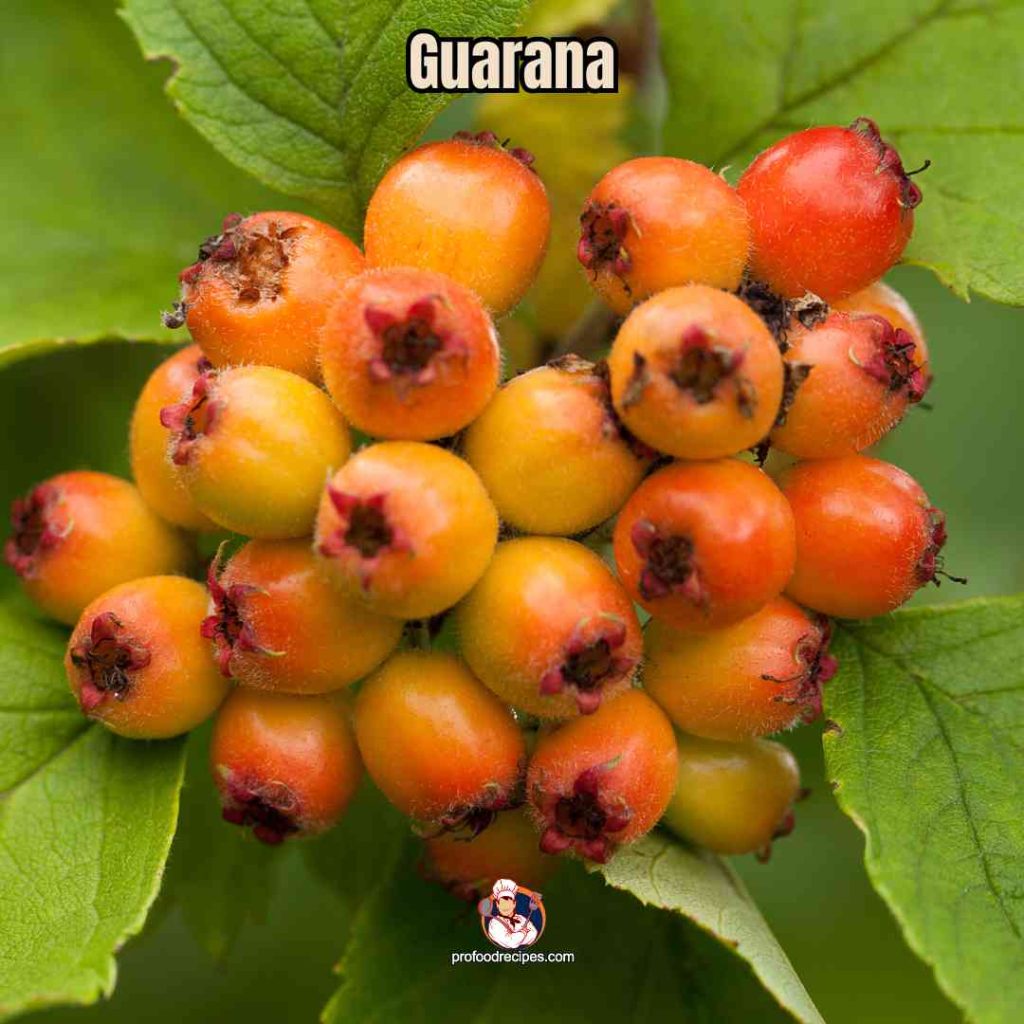
The climbing plant known as guarana originated in the South American Amazon rainforest. A fully ripe guarana fruit is comparable in size to a berry from a coffee bean. The structure is reminiscent of the human eye: a crimson shell surrounding a black seed enveloped in a white aril.
12. Greengage
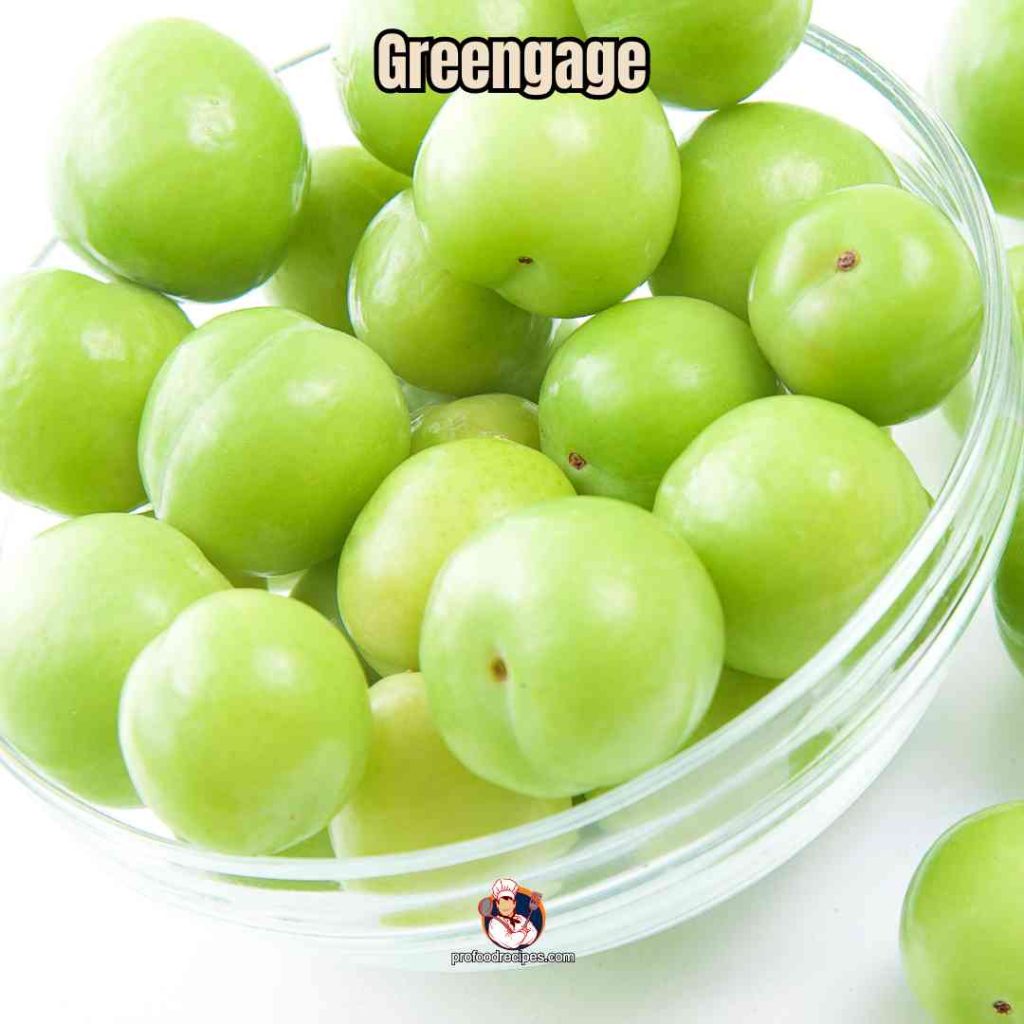
Greengage plums are tiny to medium in size and turn a bright greenish-yellow when mature. Belonging to the same family as other cherries and plums, this fruit is sweet and tasty. The greengage plum is characterized by its smooth skin, which can sometimes have a subtle reddish blush. Depending on the type, its flesh can be either green or yellow and is delicious and succulent.
13. Guanabana
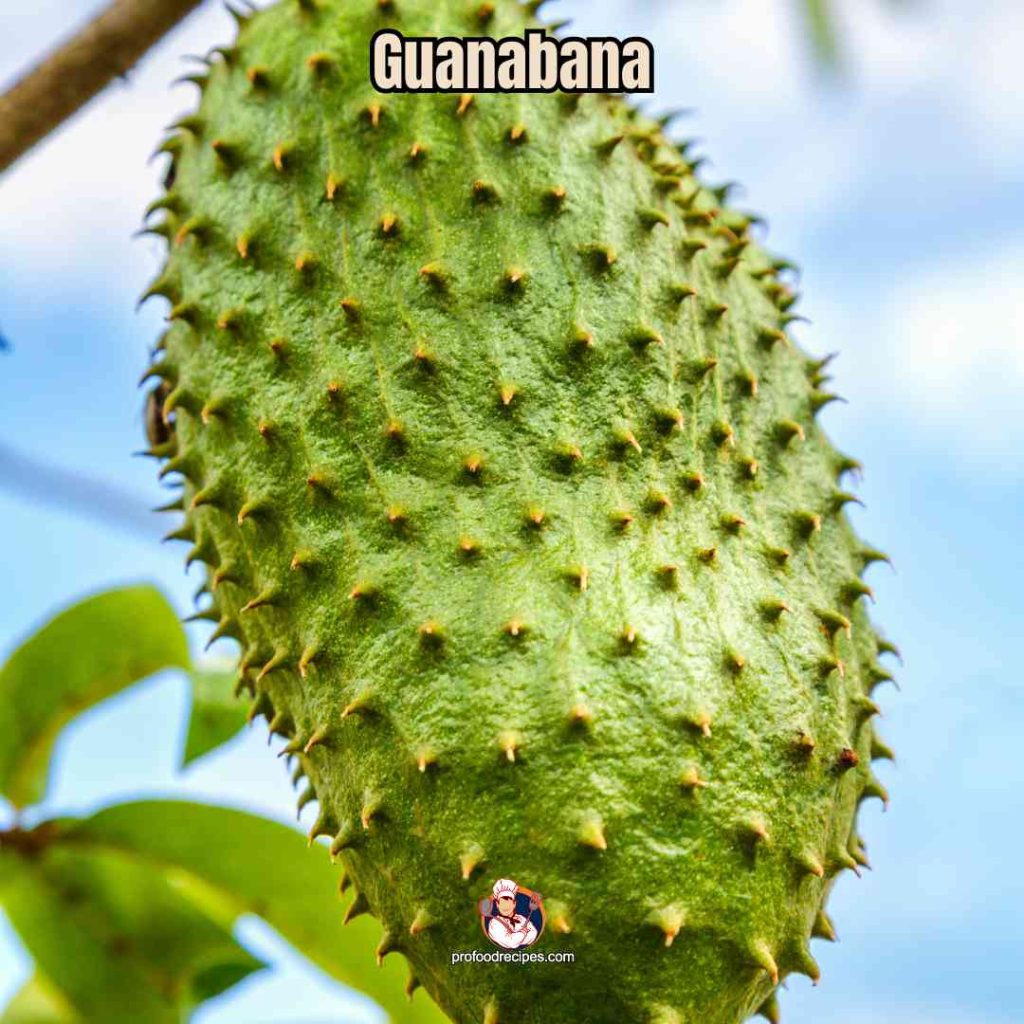
Guanabana is a tropical fruit that grows on trees native to South America, Central America, and the Caribbean. These trees are members of the Annona muricata family. The fruit is identifiable by its fibrous white meat and prickly green skin. Guanabana’s well-known sweet and tart flavor is frequently compared to a strawberry-pine hybrid with citrus undertones.
14. Grumichama
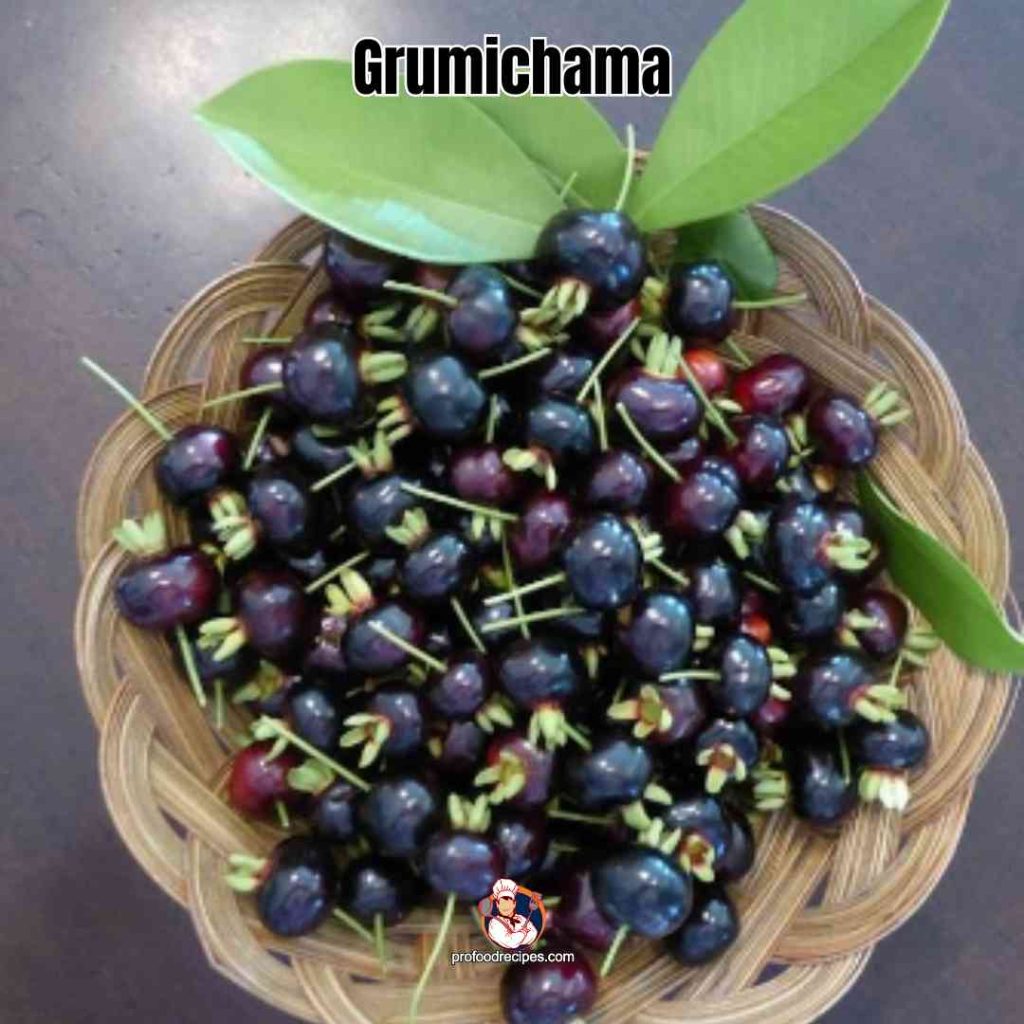
Various names for grumichama include jabuticaba, Brazilian cherry, and others. Encases a translucent, mildly sweet, juicy pulp behind its smooth, thin skin. The flavor is frequently praised for its exquisite blend of sweetness and slight acidity, which contributes to its popularity when enjoyed fresh. Usually, there are one to four little seeds inside the fruit.
15. Guavaberry
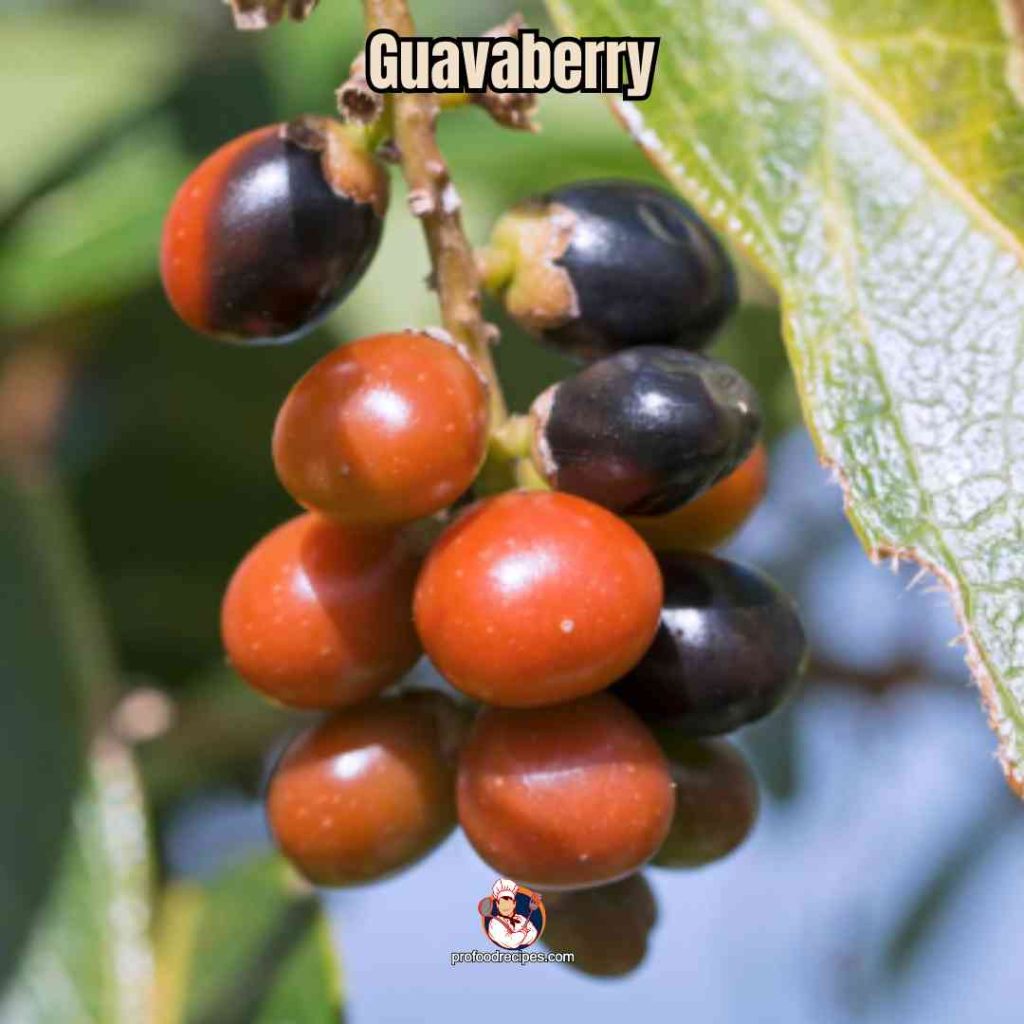
The guavaberry, often called a rumberry, is roughly the size of a marble and has a spherical shape. The smooth skin can develop a range of hues as it ripe, from green to red to dark purple. Translucent and sticky, the pulp inside can be any color you can imagine. The aromatic and savory characteristics of guava berries are well-known, and their taste is characterized by a distinctive blend of sweet and sour.
16. Gamboge Fruit
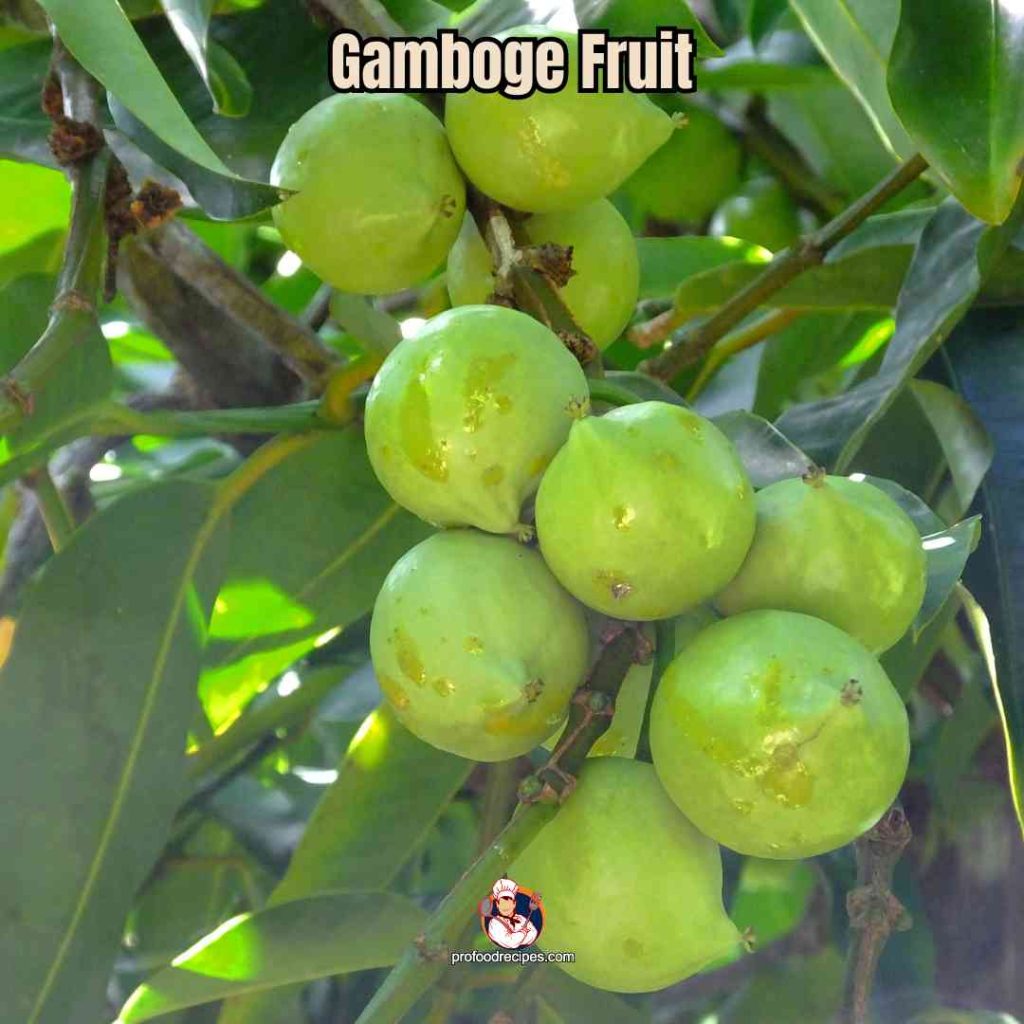
Small and round, the gamboge tree bears green, ripening to yellow or orange fruits. There is a delicate skin covering the fruit, and within lies a very bitter and sour pulp. It has a seedy texture and an unpleasant flavor. Therefore, most people avoid eating it raw.
17. Grand Nain Bananas

Giant Cavendish, or Grand Nain, is a banana (Musa acuminata) variety that is renowned for its enormous size, sugary taste, and disease resistance. Bananas of the Grand Nain variety are enormous, lengthy, and somewhat curved. Ripe fruit has a creamy white flesh and a skin that is a vibrant yellow. Their sugary flavor makes them a favorite for eating straight from the garden. A wide variety of palates will be pleased by the moderate and pleasant flavor.
18. Green Anjou Pears
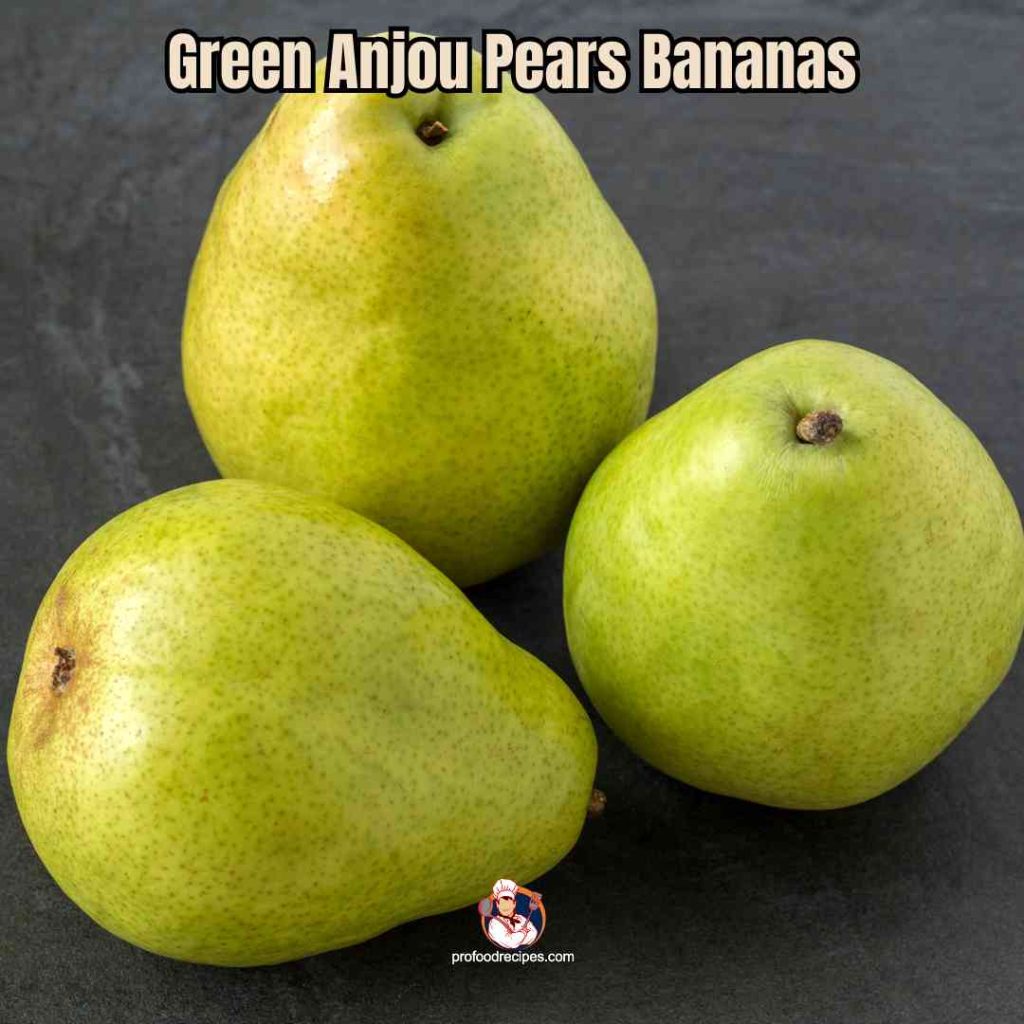
The green Anjou pear is an egg-shaped fruit that can range in size from medium to giant. The complexion is pale green and velvety smooth; the sun-facing side could have a little red flush. The interior is delicious and has white flesh. Smooth and firm, Green Anjou pears don’t tend to soften nearly as much as other pear varieties when they’re mature. This renders them equally at home when consumed raw or cooked.
19. Gala Apples
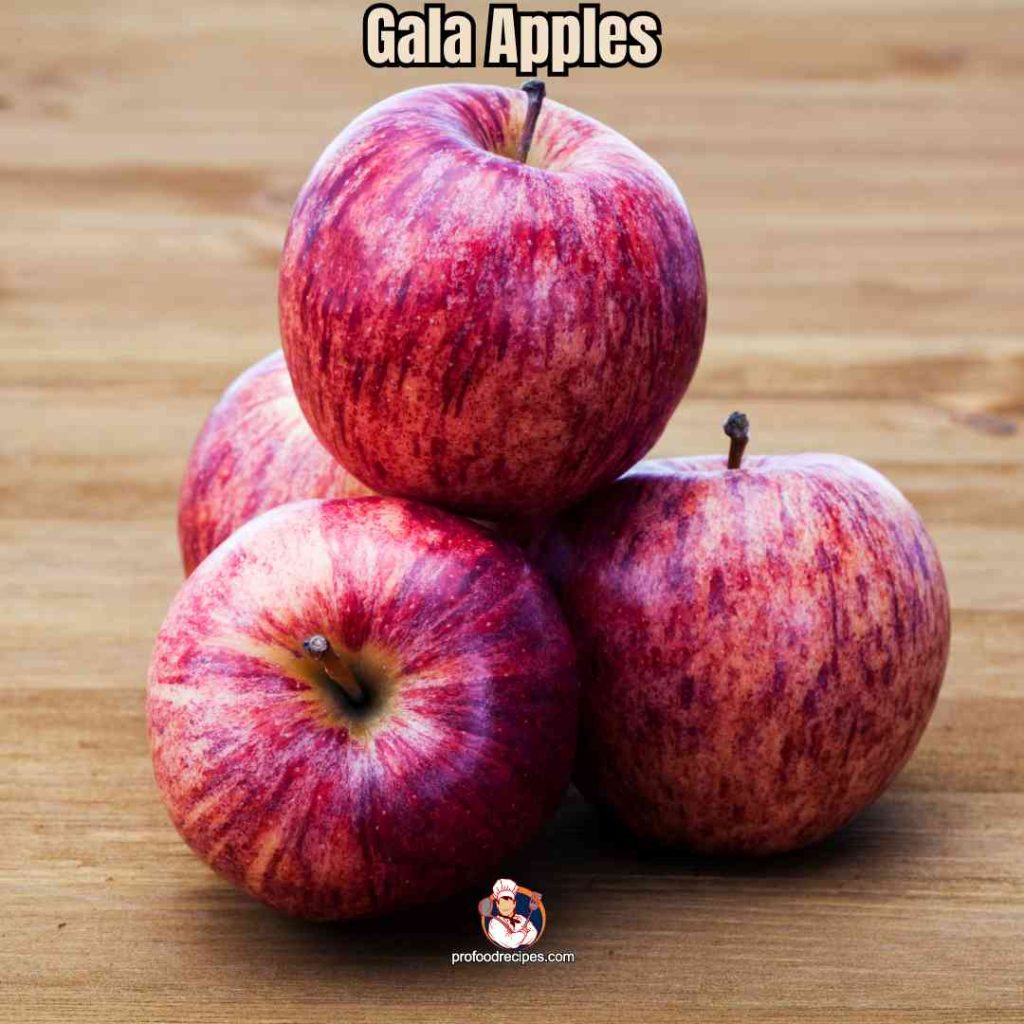
Gala apples range in shape from slightly oblong to round and are medium-sized. Typical skin tone is yellow-orange with red flush or stripes. Tiny, darker patches can be seen on the skin.
Many people love Gala apples because of how sweet and fragrant they are. They’re excellent, with the perfect balance of sweetness and bitterness. Gala apples are known for their crisp, juicy, and fine-grained texture. Its flesh has a creamy yellow color.
20. Governo’s Plum
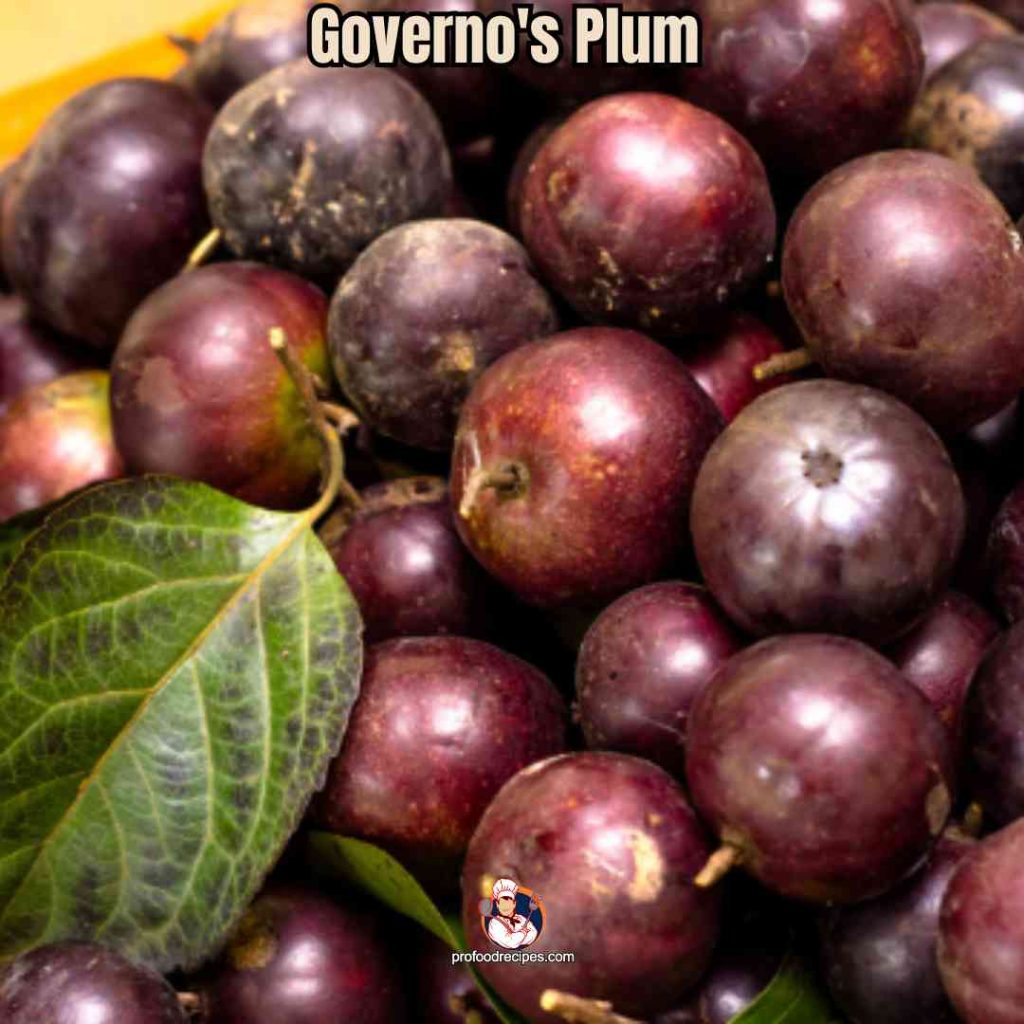
Fruits from the Governo’s Plum tree are typically little and spherical, with a diameter smaller than a cherry. When fully mature, the fruits’ smooth or somewhat rough skin becomes scarlet or purple. It is common to hear Governo’s Plum defined as having a sweet and somewhat tangy flavor. Jams and preserves made from this fruit can have a wide range of flavors.
21. Galia Melons
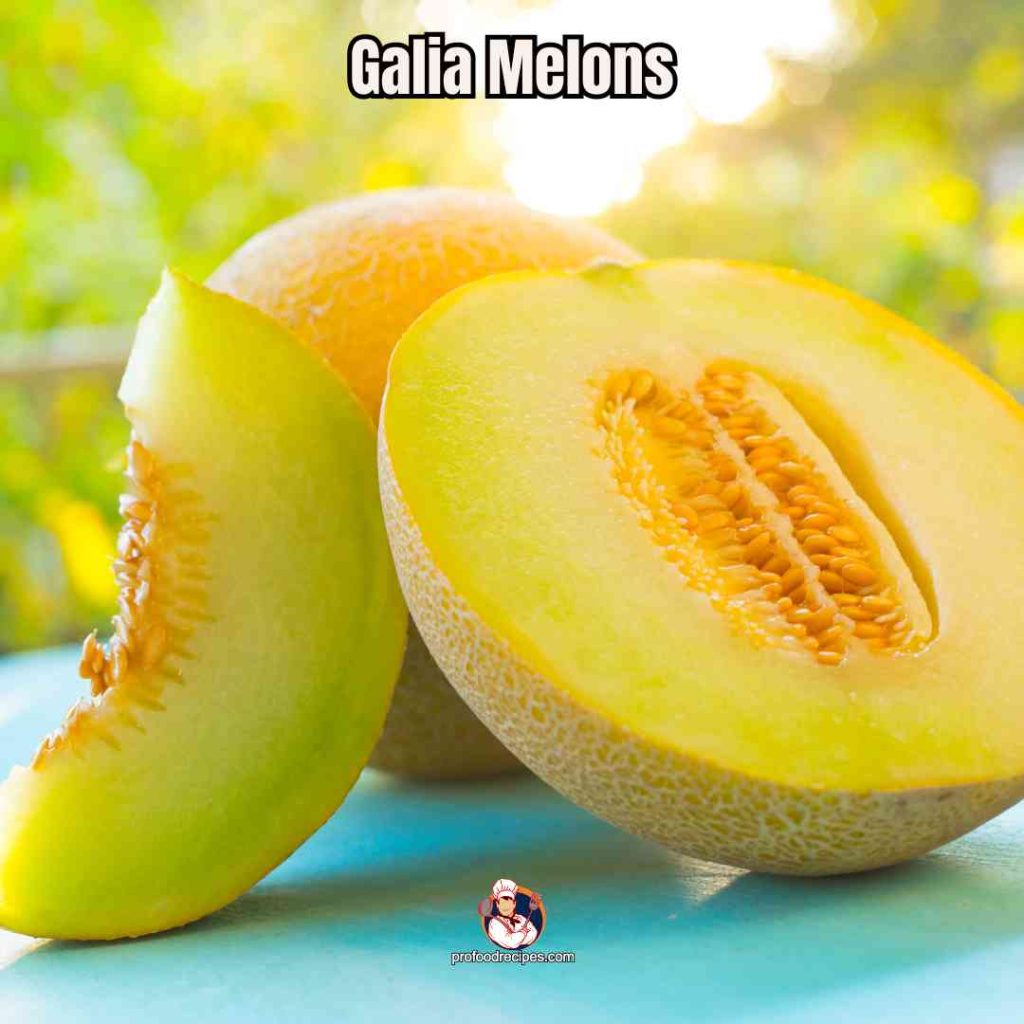
Galia melons are a hybrid variety of the melon that goes by the names Sarda and Galia. Galia melons range in size from medium to large and have a somewhat oval shape. Their skin, which is netted or webbed, becomes yellow when ripe. The inside is normally juicy and smells good, and it’s a pale green color. The fragrant and sugary taste of these fruits has made them famous. A tinge of spice and a pleasant flavor characterize many of these.
22. Grapples
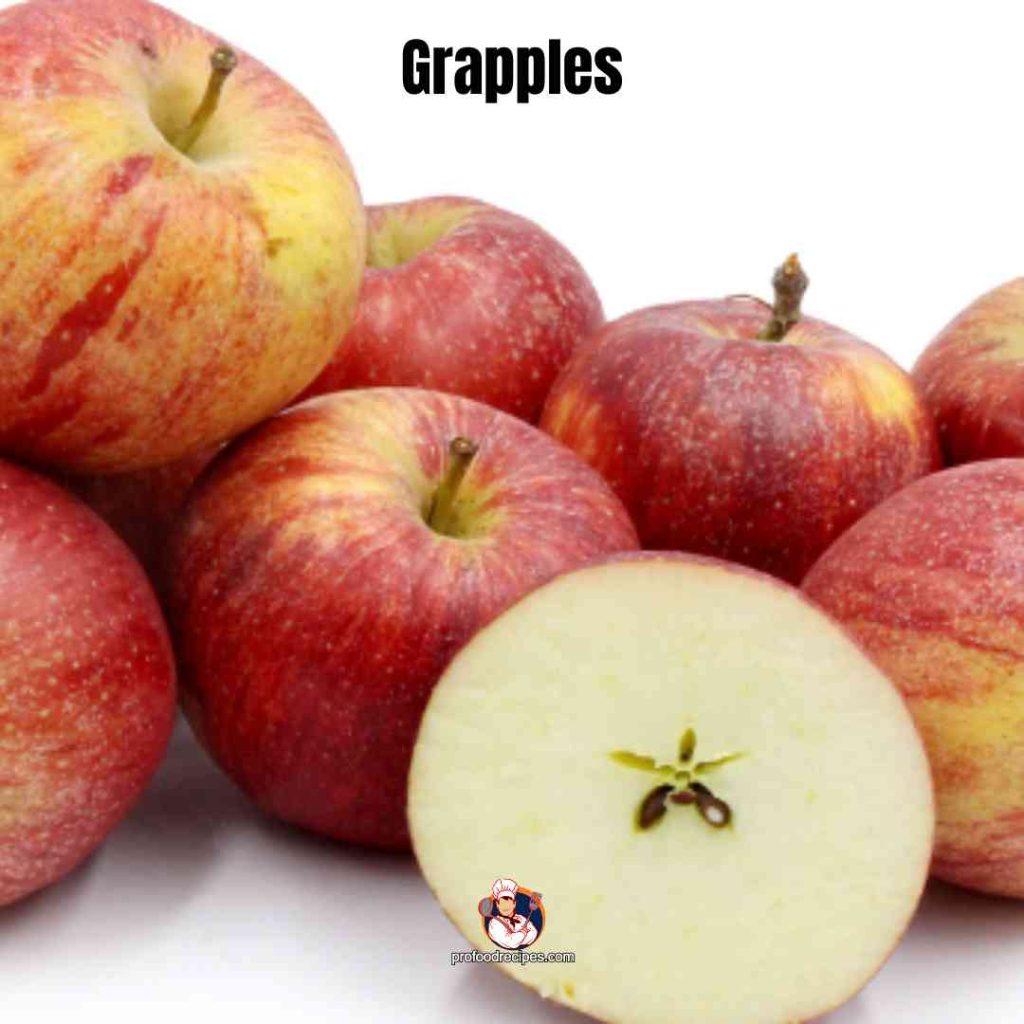
A proprietary method is used to make grapples by immersing newly picked apples in a mixture including both natural and artificial grape flavoring. The fruit has the look and texture of an apple but the flavor of grapes because the apples soak up the grape flavor. The classic apple flavor gets a delightful scent and sweetness boost from the grape infusion.
23. Grosella Negra
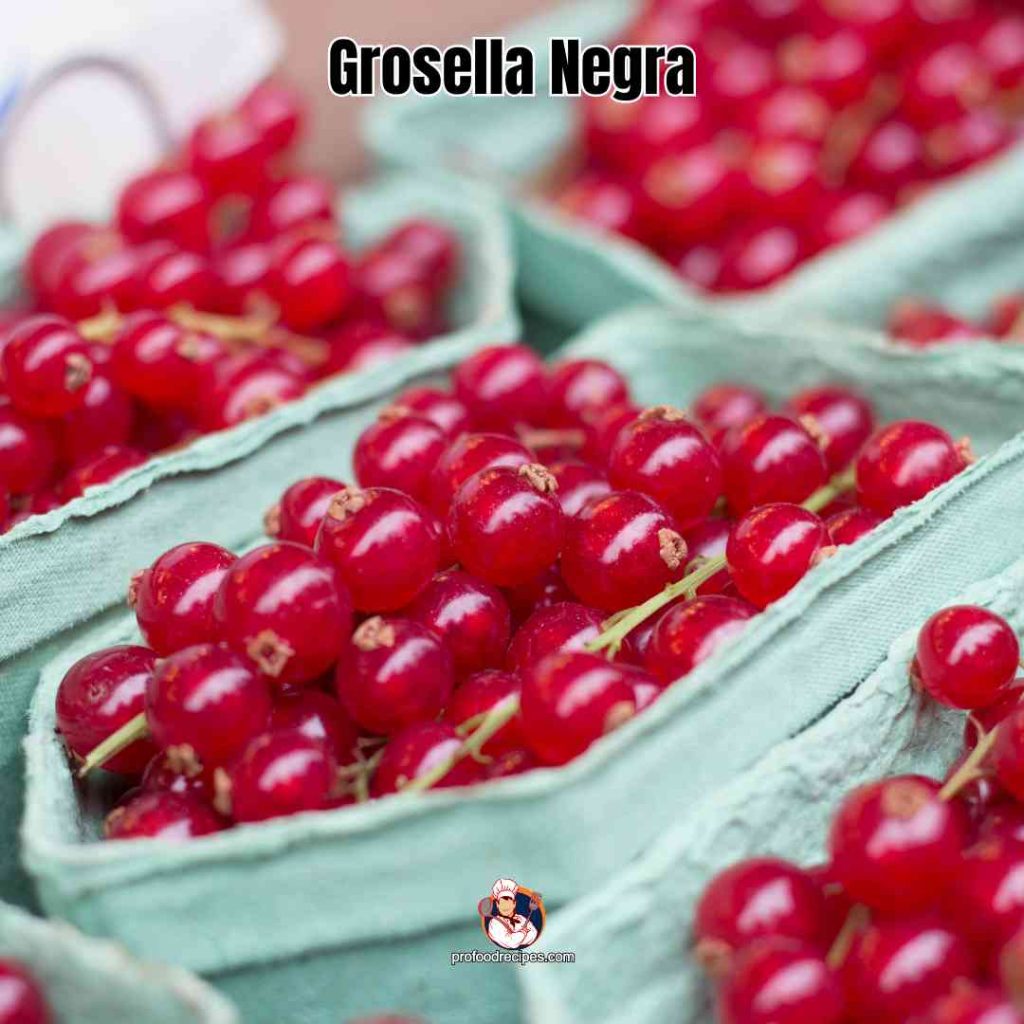
Grosella Negra or blackcurrant are small, round berries that are nearly black. With glossy, black skin, they cluster on deciduous shrubs. Blackcurrants, also known as rosella negra, have a strong, acidic, and sometimes sweet flavor. Their unique and flavorful flavor is what makes them famous.
24. Golden Kiwi
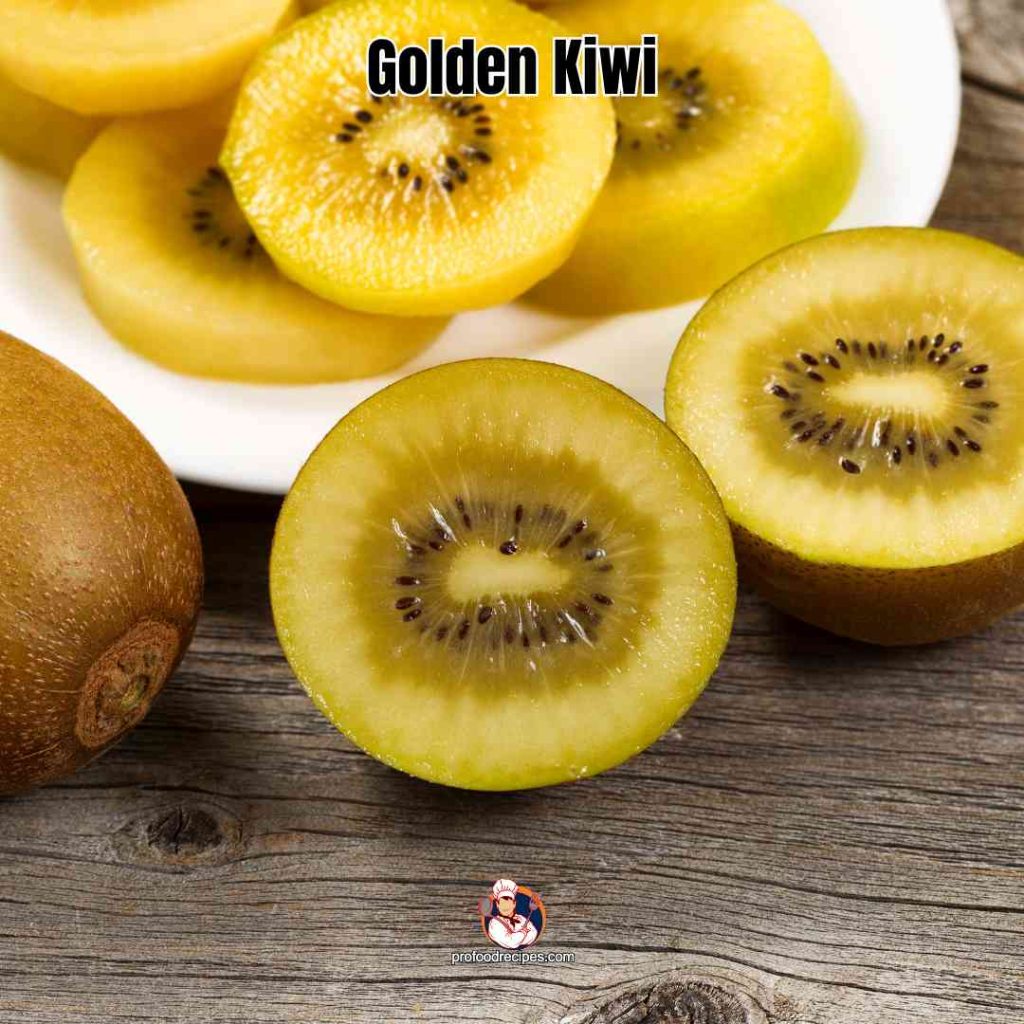
The golden kiwi is a type of kiwifruit that is sometimes referred to as yellow or gold kiwi. The skin of golden kiwis is smooth and thin, usually with a bronze or golden-brown hue. The interior is bright yellow-gold, with tiny, tasty black seeds dispersed all aroundIts sweet, tropical flavor, which is been likened to a combination of citrus, mango, and pineapple, is its most famous attribute. In general, it is less sour and milder than the green kiwi.
25. Granny Smith Apple
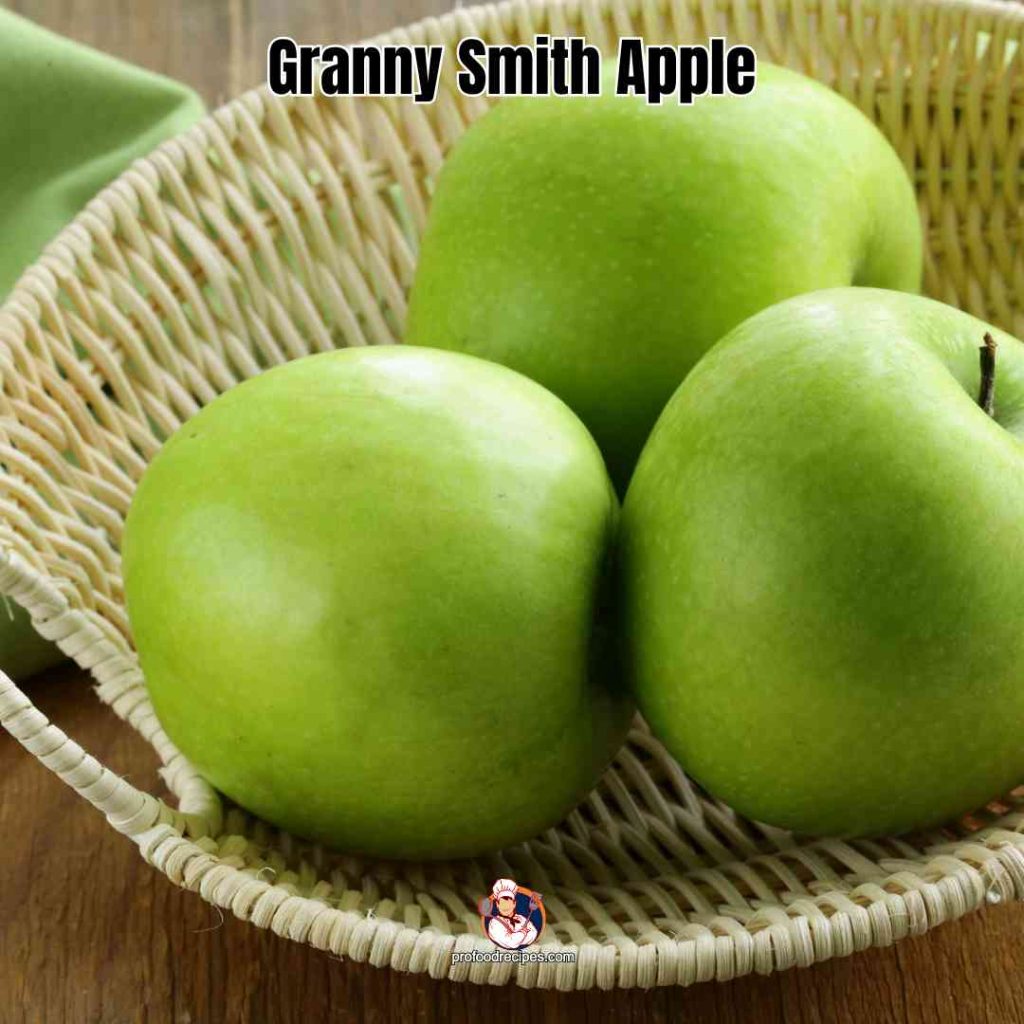
The distinctive tangy and acidic flavor of Granny Smith apples, together with their firm and crisp texture, set them apart from other varieties. The apples are a favorite for pies and other sweets where a harmony of sweetness and acidity is sought since they stay firm even after baking.
When the apples are fully ripe, their green color changes to a yellow tint, and their skin may show hints of crimson or pink. In addition to their freshness, Granny Smith apples are prized for their long shelf life and their ability to be used in a variety of savory and sweet recipes.
26. Granadilla
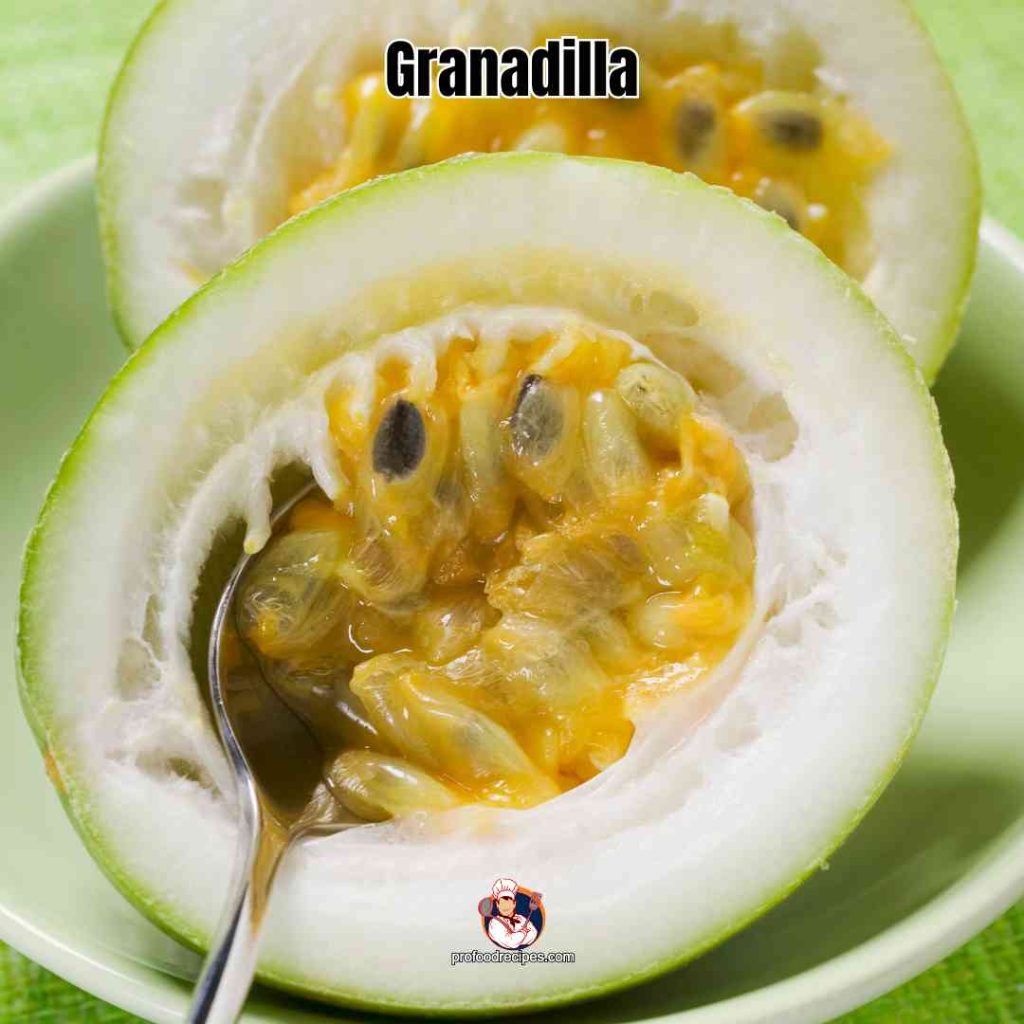
Granadilla is sometimes referred to as passion fruit in some areas. The enormous, oval-shaped fruit known as the giant granadilla has a tough, smooth outer rind. When ripe, the skin is usually green or yellow. The fruit has a fragrant, gelatinous pulp that is packed full of black seeds. Granadilla pulp has a somewhat acidic taste and is fragrant and sweet. It tastes well, both fresh and processed, with a unique tropical flavor.
27. Giant Lau Lau
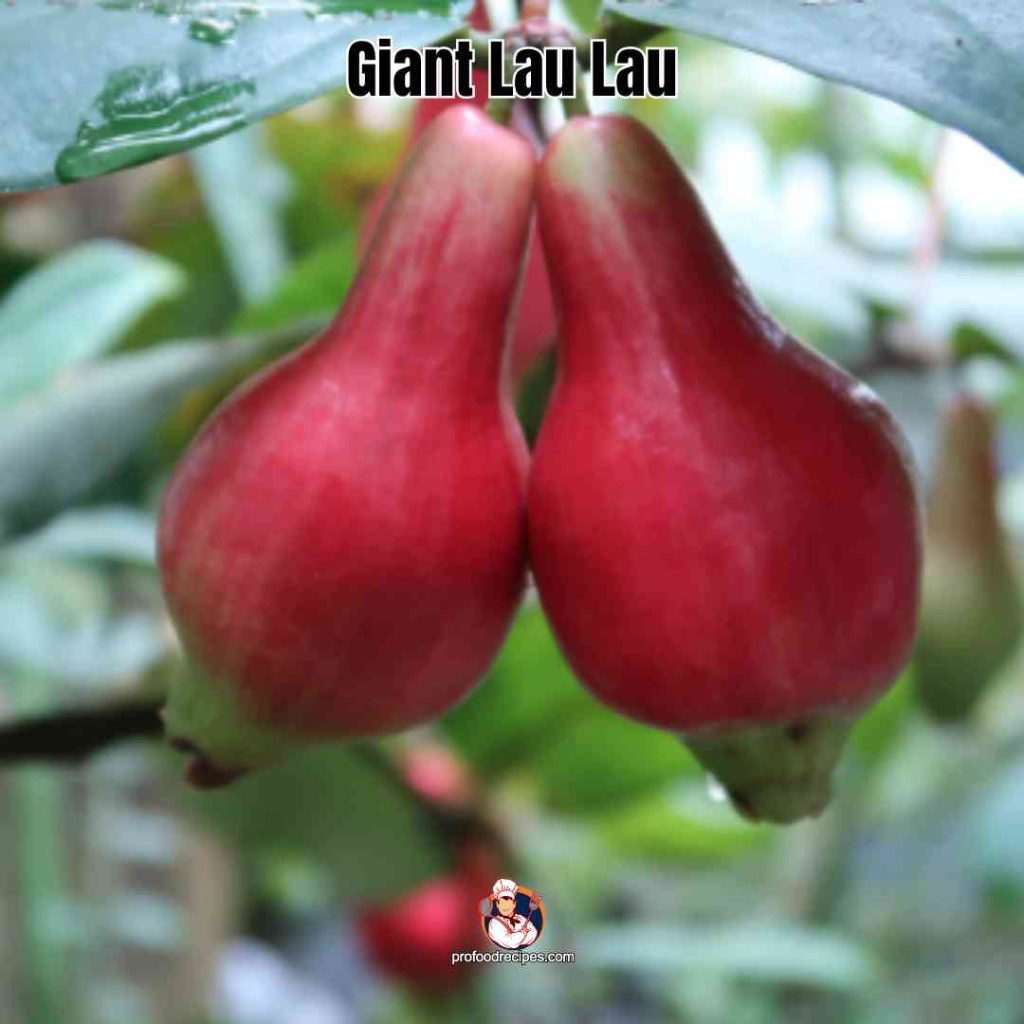
Large and crispy, giant Lau Lau is a fruit that resembles a Malay apple. It’s flavorful, although it tastes a little bit sugary. In several places in the South Pacific, fruits are highly valued.
28. Gabiroba
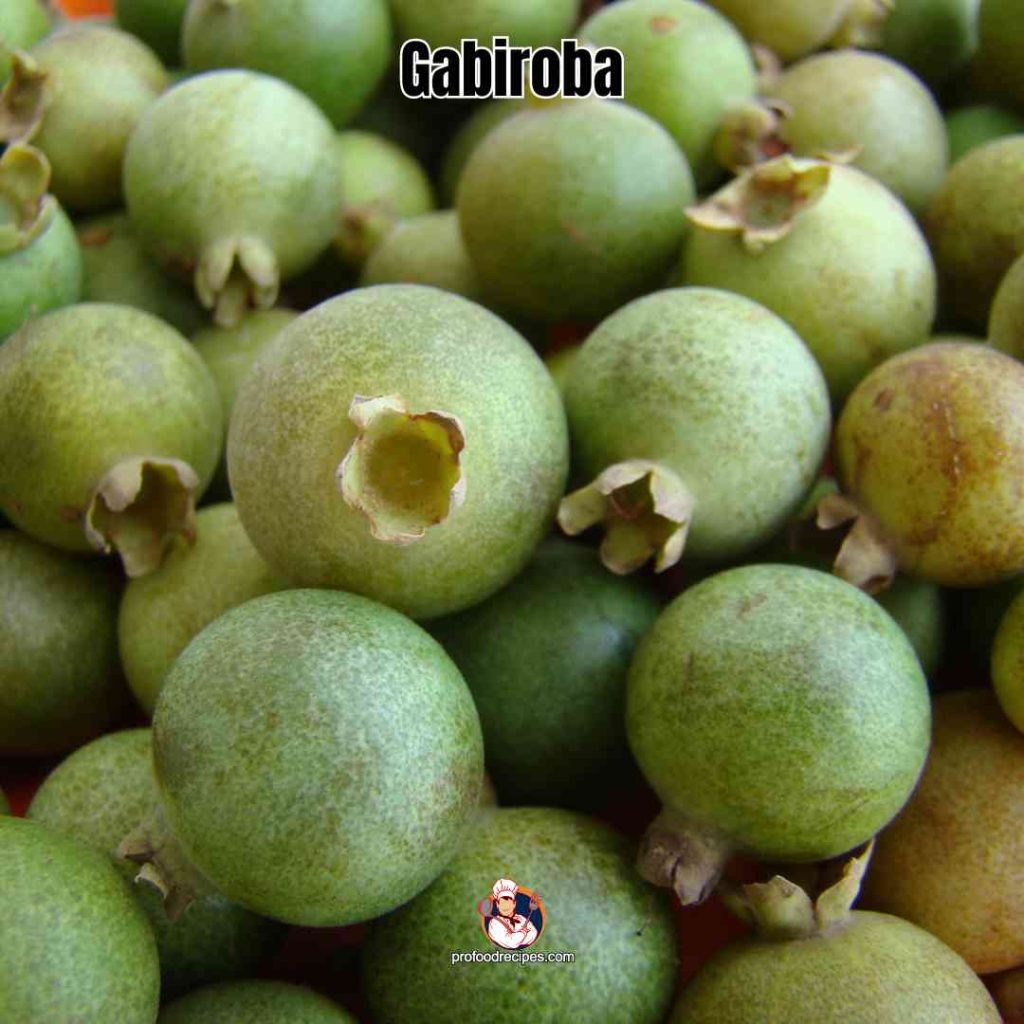
The fruit known as gabiroba is small, spherical, and has thin, smooth skin. The fruit’s skin tone can vary from green to yellow, and its texture could be a little uneven. The fruit known as gabiroba is small, spherical, and has thin, smooth skin. The fruit’s skin tone can vary from green to yellow, and its texture could be a little uneven. Gabriola has a sweet, somewhat tangy flavor. It’s frequently described as having citrus and tropical undertones.
29. Gourd
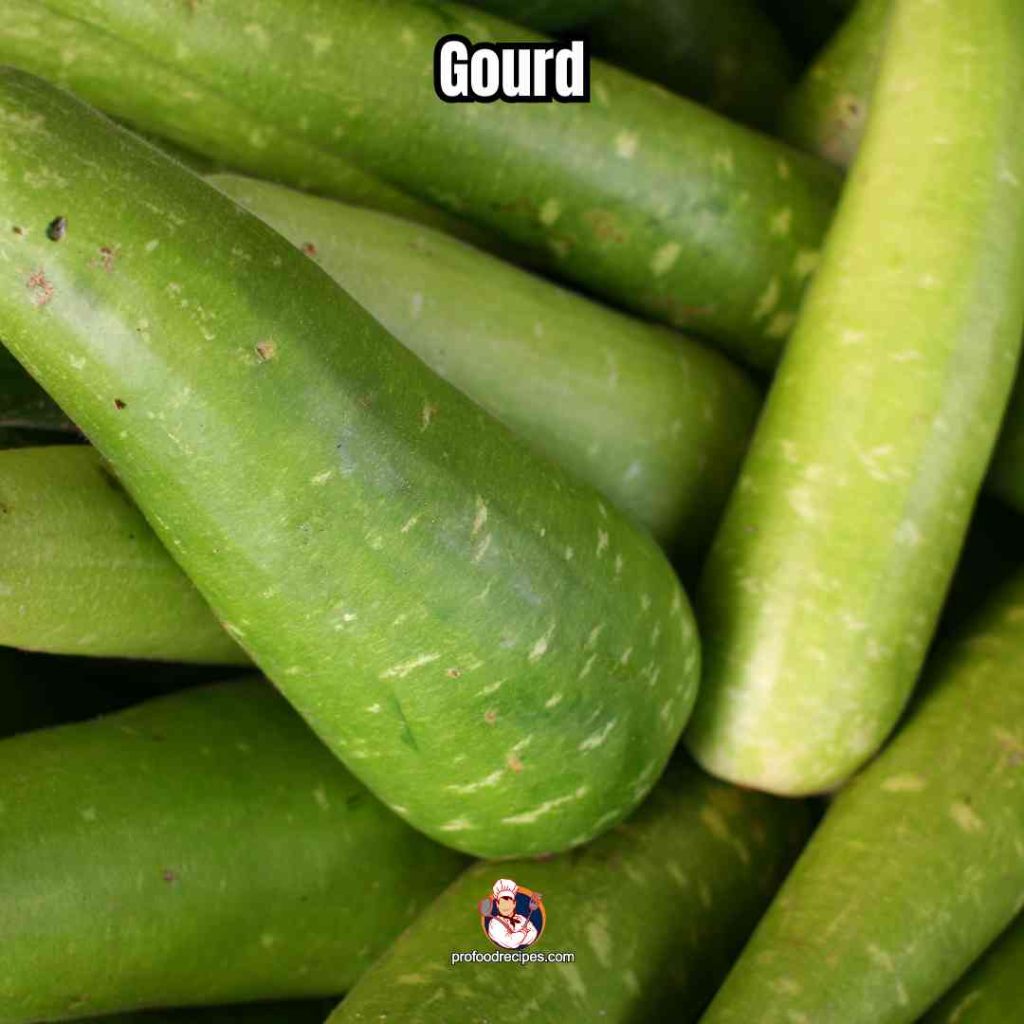
From long and thin to short and bulbous, gourds come in many forms and sizes. Colors such as green, yellow, orange, and brown are available. You can get gourds with smooth surfaces and those with rough or warty exteriors. The skin of a gourd can have a variety of textures. A softer, more edible rind can be found on some gourds, while others have a hard, woody shell. Variegated gourds have either fibrous or spongy interior flesh.
30. Gubinge
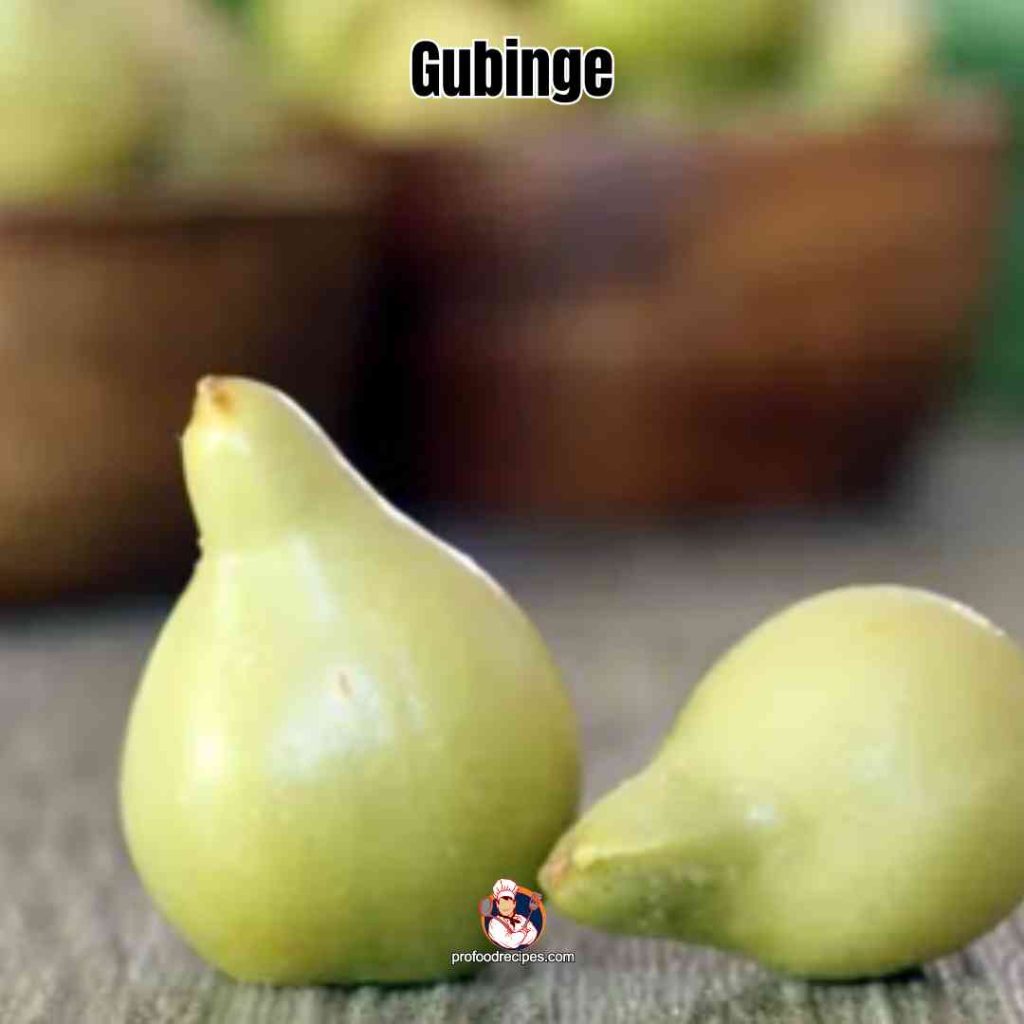
The Terminalia Ferdinandiana tree is the home of the little, verdant gubinge fruit. Fruits can be circular or somewhat elongated, and their sizes are comparable to those of cherries or plums. Gubinge has a sour and harsh taste. Its high vitamin C content has made it a popular dietary supplement among Indigenous Australians.
31. Green Mango
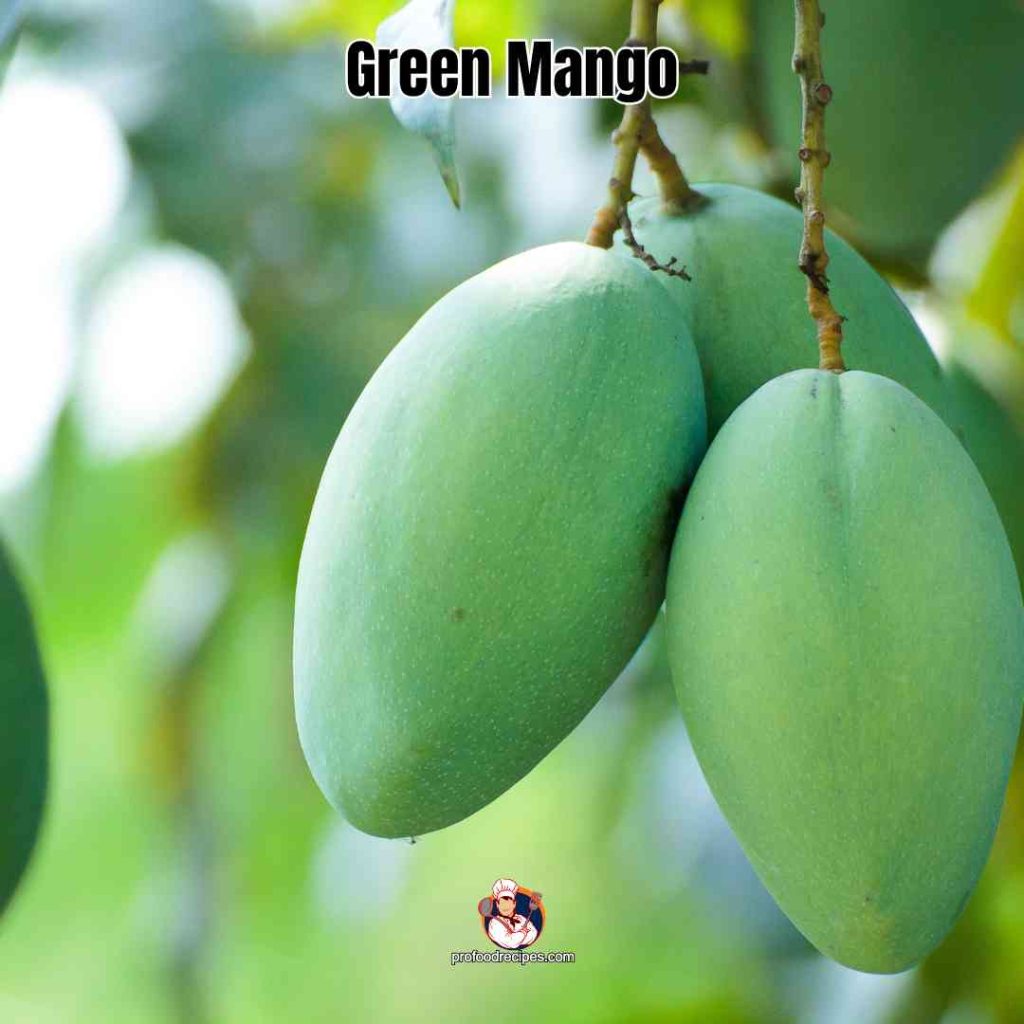
Depending on the kind, the skin color of a green mango can range from very pale to very dark green. There are no soft places, and the texture is firm and smooth most of the time. When compared to mature mangoes, whose flesh is luscious and delicate, green mangoes have a dense and crisp texture.
It is both starchy and fibrous in texture. The astringency, tartness, and tanginess of green mangoes stand out. The sweetness of ripe mangoes is missing from these. Mangoes of different types can have diverse flavor profiles.
32. Green Papaya

The green papaya fruit is distinguished by its long, thin skin, vivid flavour, and subtle texture. Green papaya flesh has a solid texture and a little acidic flavour. Although it isn’t as sweet as ripe papaya, its culinary variety makes it valuable.
It is an excellent source of folate and vitamins A, C, and E. It is a beneficial supplement to a balanced diet since it offers dietary fibre and other elements.
33. Green Sapote
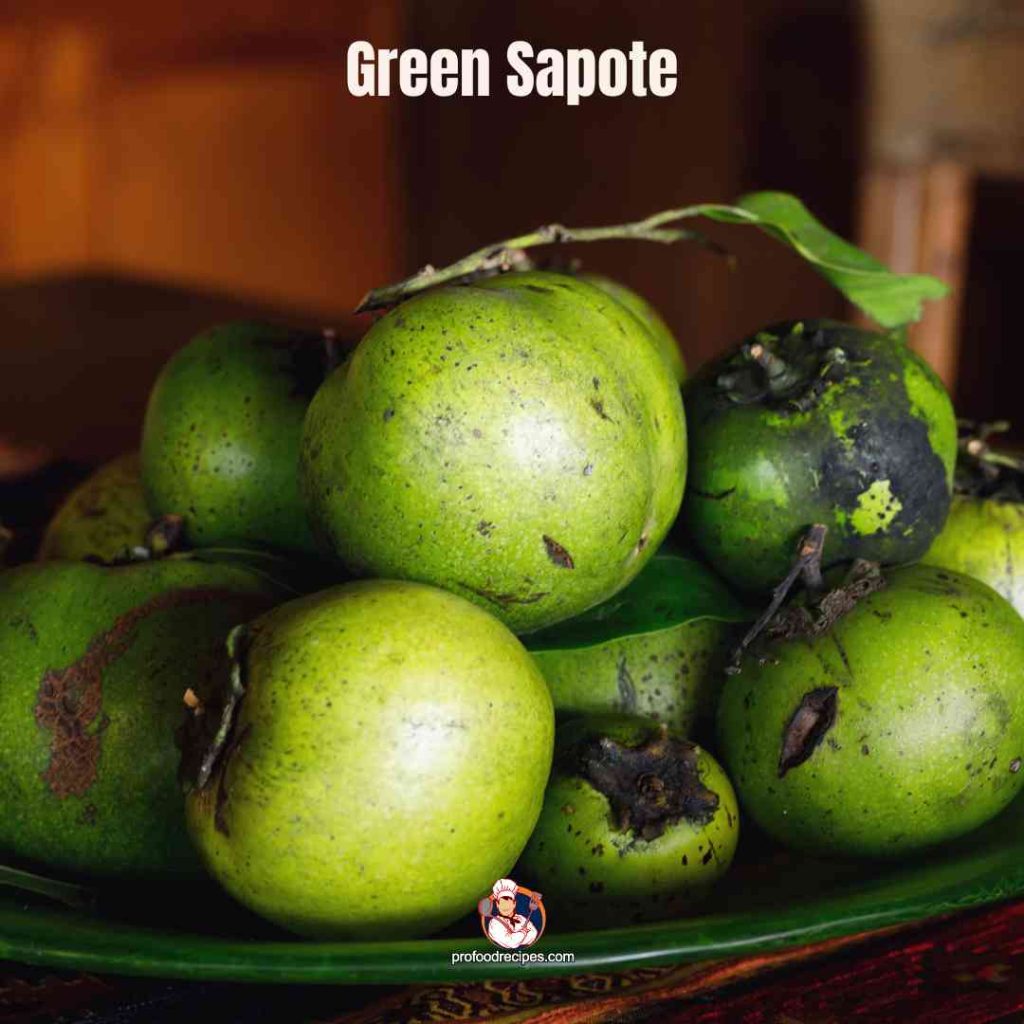
The green sapote has thin skin that ripens from brilliant green to yellow. The flesh is creamy and pale green in colour, with a texture akin to custard and a somewhat sweet flavour tinged with banana and pears. It tastes like a cross between lemon, almond, and vanilla. Usually, the fruit is eaten raw, either spooned out or blended into smoothies and sweets.
It is an excellent supplement to a well-balanced diet because it is high in dietary fibre and a strong source of vitamins, such as C and A.
34. Garden Huckleberry
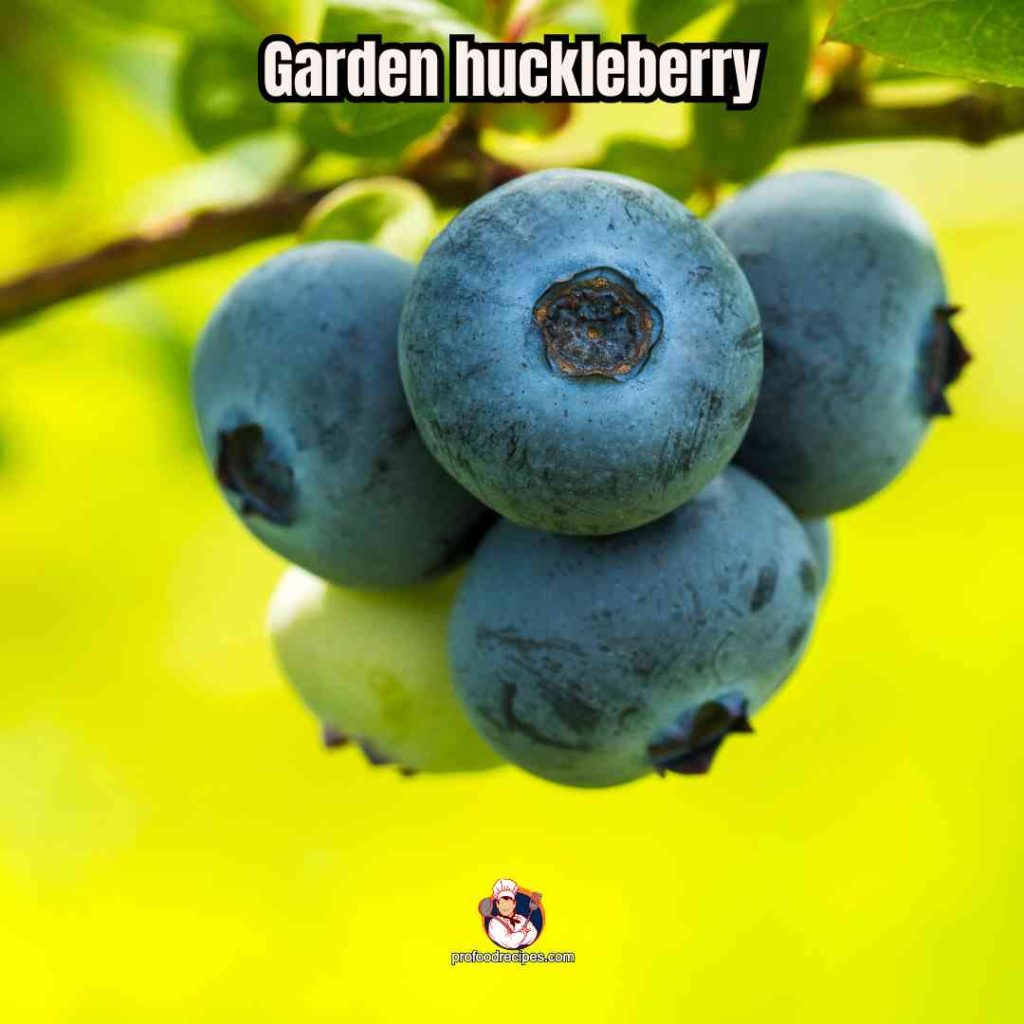
Small, glossy, dark purple to black berries are called garden huckleberries. The garden huckleberry usually grows to a height of two to three feet and bears small, spherical berries in clusters. When these berries ripen, their glossy black colour changes from green to black. Garden huckleberries have a distinct flavour, combining sour and sweet notes that become more pronounced when cooked. It is edible when raw.
35. Grosella Roja
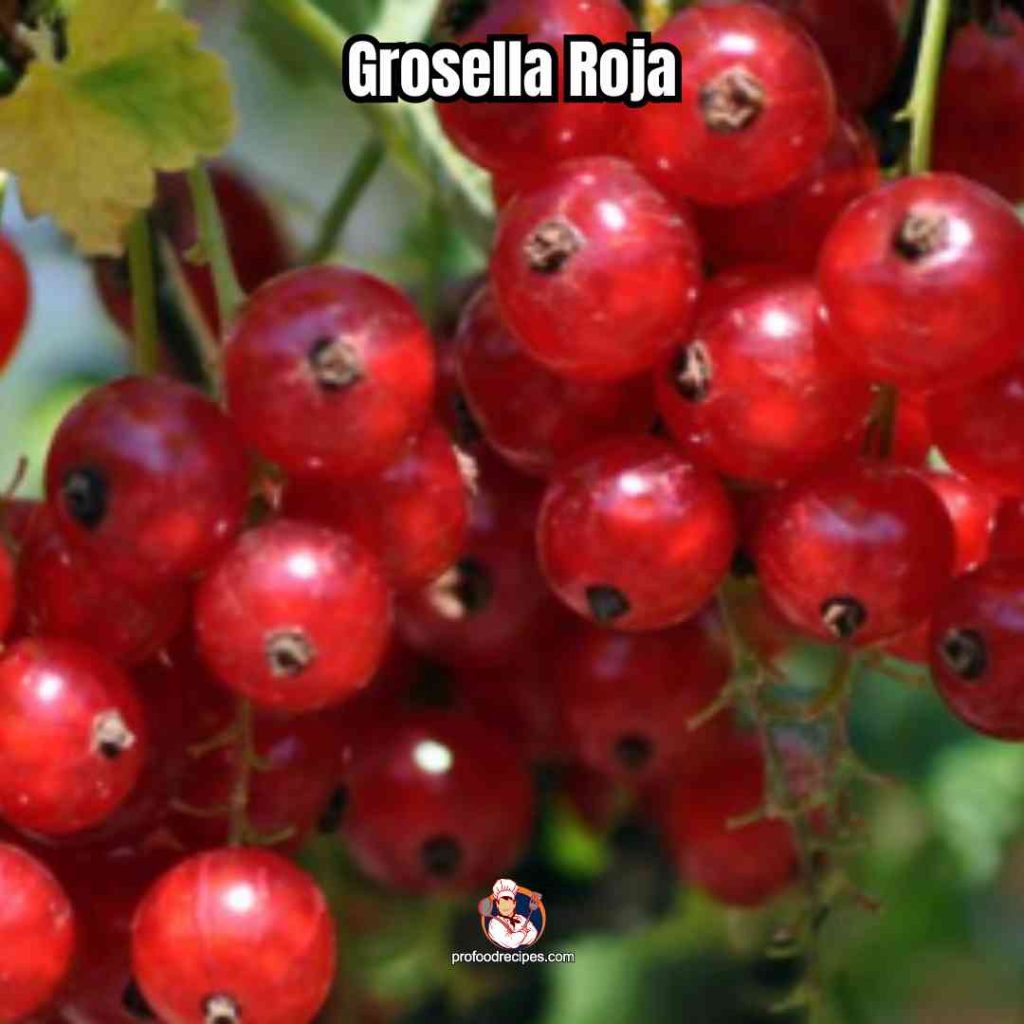
Clusters of little, spherical fruit called red currants or “grosella roja” in Spanish appear on deciduous shrubs. These berries are usually transparent, a bright red colour, and have a mild tartness to them. Because of their bright red colour and tart taste, red currants are frequently utilised in sweets, jams, jellies, and as a garnish.
36. Genipap
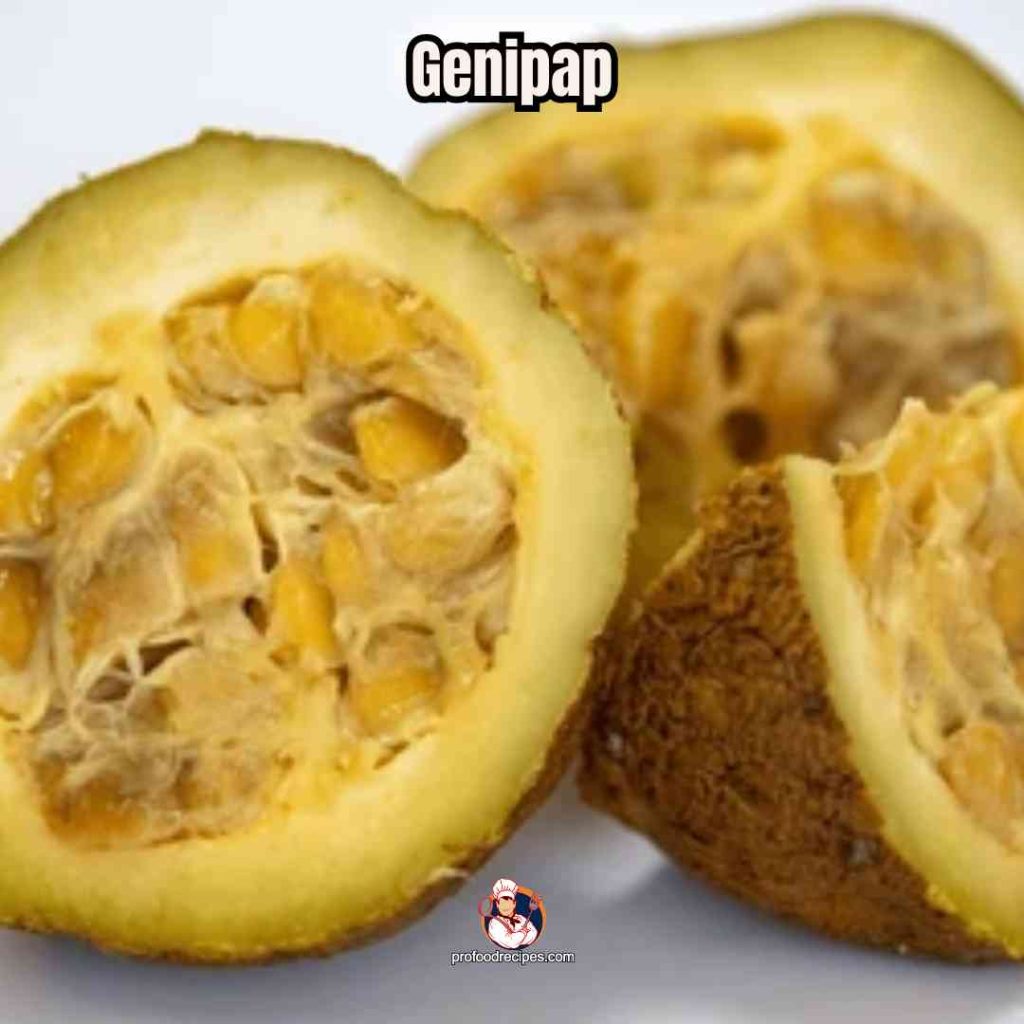
When unripe, the round Genipap fruit is green; when it ripens, it turns yellow or orange. The pulp is delicious, aromatic, and slightly fibrous, and it is covered in thick, rough skin. It tastes sweet with a hint of tanginess that gives it a cool, tropical flavour. The pulp of the fruit can be used to make drinks, jams, and pastries, however it is usually eaten raw. Using Genipap as a natural dye is one of its distinguishing qualities.
37. Green Lychee
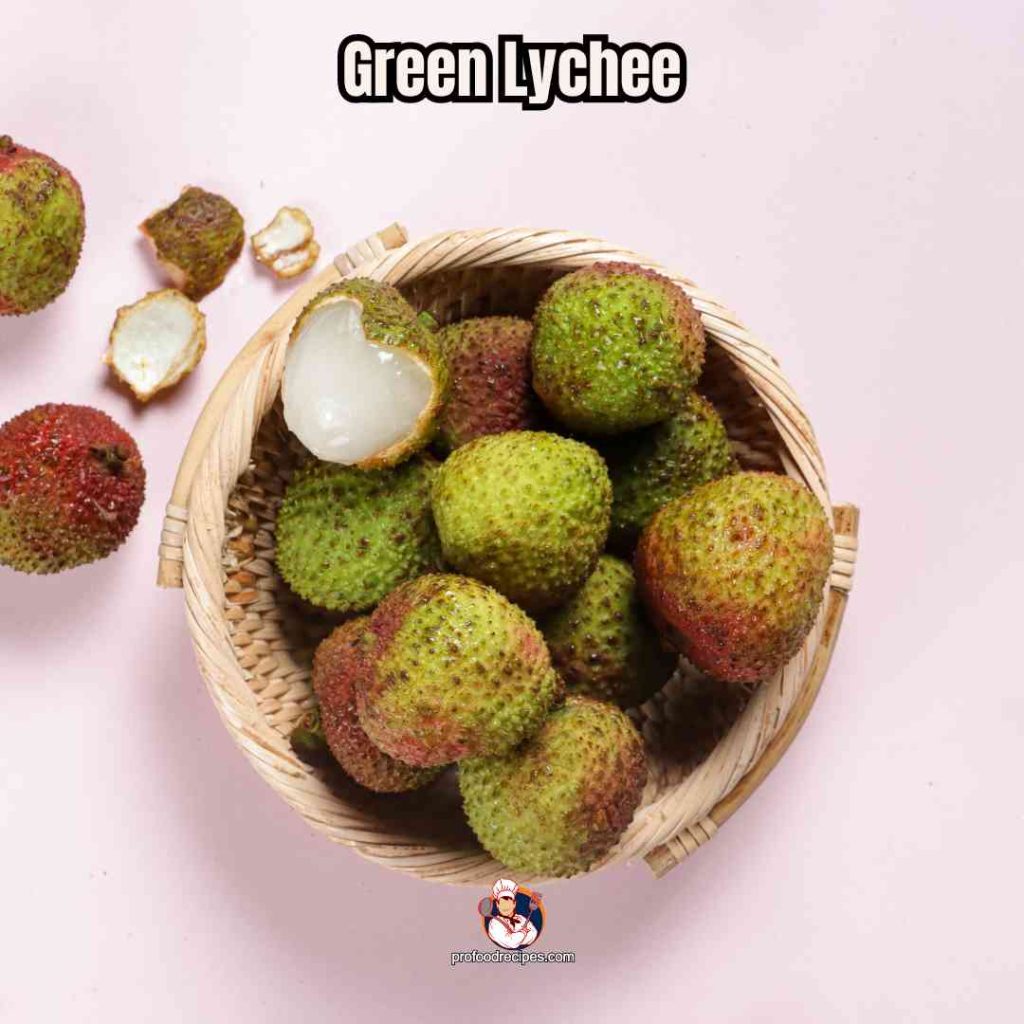
China is the birthplace of the luscious, sweet, subtropical green lychee fruit. Like mulberries, green lychees grow in bunches on a particular kind of evergreen tree. Their diameter ranges from one to two inches, and they have a pink blush applied to their rough, greenish-yellow, thin, protective skin.
38. Green Jujube

Green jujube has a crispy texture on the inside and a sweet and sour flavour similar to apples. The fruit changes from a pale green to a reddish-brown hue as it dries on the tree. Jujube, like dates, shrinks and gets surface wrinkles when it’s fully ripened and dried.
39. Green Cherimoya
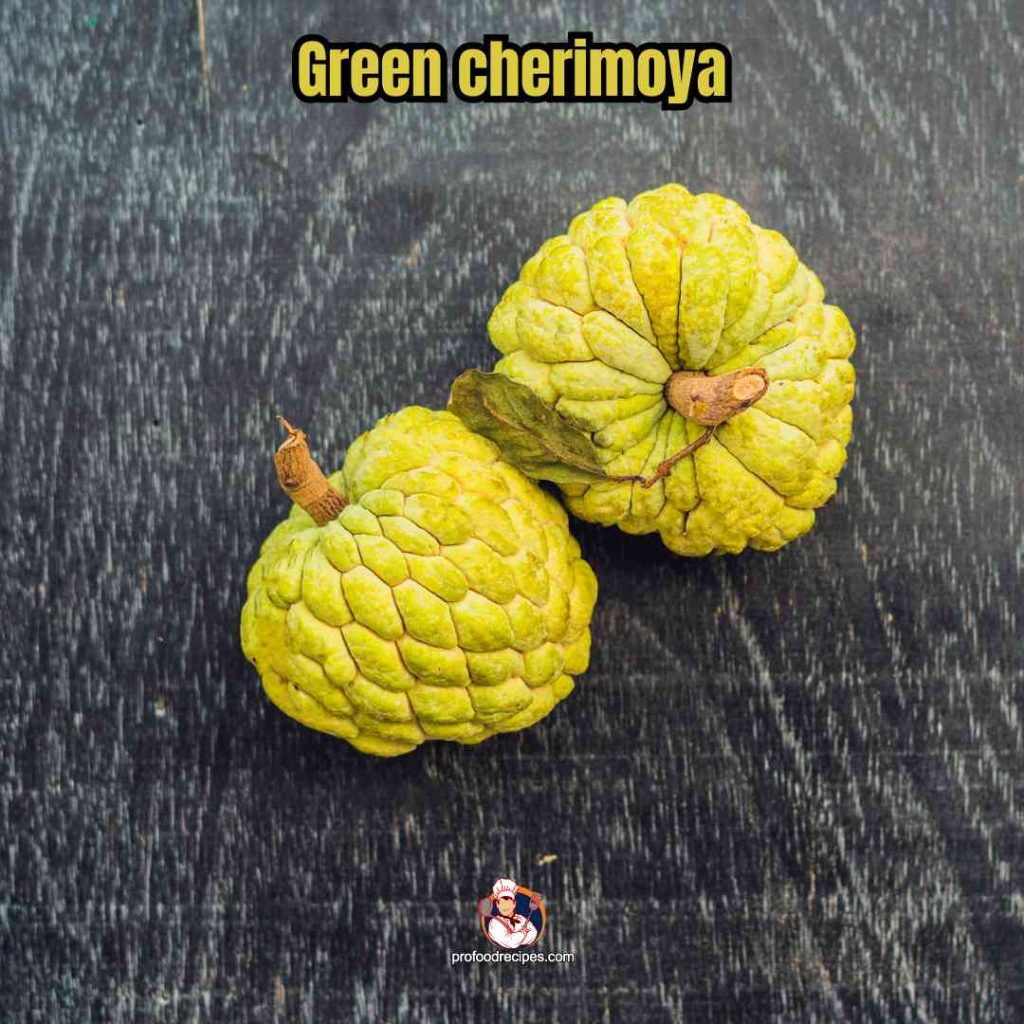
The green cherimoya is a fruit that looks like a cone and has a sweet, creamy flesh and a leathery exterior. It is cultivated in tropical regions with high elevations and is said to have originated in the South American Andes. Cherimoya is a type of apple that is often called custard apple because of its creamy texture.
Read More: Foods That Start With H
What Food Starts With G?
Here is a list of various foods that start with the letter G :
- Greek Yogurt
- Guacamole
- Grits
- Graham crackers
- Gherkins
- Gravy
Green Curry - Ghee
- Green Peppers
- Granulated sugar
- Gnocchi
- Genoa salami
- Gravlax
- Garlic
- Gumbo
- Gruyere cheese
- Gazpacho
- Green tea
- Goat cheese
- Gouda cheese
- Groundnut soup
Read More: Foods That Start With G
FAQs
What is a Fruit That Starts With G 5 Letters?
Guava is a fruit with 5 letters that begins with the letter G. The tropical fruit guava is fragrant and sweet-smelling. It is available in pink and white variations.
What is a Four Letter Fruit That Starts With G?
“Grape” is a four-letter fruit that begins with the letter “G.” Red, green, and black grapes are just a few of the colours that they come in. They can be eaten raw or used to make wine and raisins.
What is a Mexican Fruit That Starts With G?
Guava. Mexico and Central America are the original homelands of the guava. Their flavour is tropically sweet and unique. You can eat raw guava, although it’s more common to see it in pastries or aguas frescas. Jams and preserves made from guavas are also quite popular.
What Vegetable Starts With the Letter G?
This is a list of vegetables that start with the letter g:
1. Green beans
2. Ginger
3. Green cabbage
4. Gem squash
5. Green peas
6. Green peppers
7. Garlic
8. Gourd
9. Green leaf lettuce
10. Globe artichoke
11. Green zucchini
12. Green bell pepper
13. Green Onion
Final Verdict
Hopefully, you have enjoyed exploring fruits that begin with the letter g. There is a wide range of flavours to explore, from the classics like grapes and guavas to more unusual ones like gubinge and Genipap. These fruits are good for more than just our sweet tooth; they also aid in general health because of the abundance of vitamins, minerals, and antioxidants they contain.
You May Also Like to Read:
- Fruits That Start With A
- Vegetables Start With B
- Foods That Start With D
- Desserts That Start With E
- Vegetables That Start With K
- Vegetables That Start With L
- Veggies That Start With M
- Veggies That Start With N
- Snacks That Start With the Letter N
- Foods That Start With O
- Food That Start With P
- Food That Start With R
- Fruits That Start With T
- Junk Food That Starts With U
- Fruit Begins With V
- Foods That Start With W
- Foods That Start With X
- Foods That Start With Y
- Food That Start With Z
